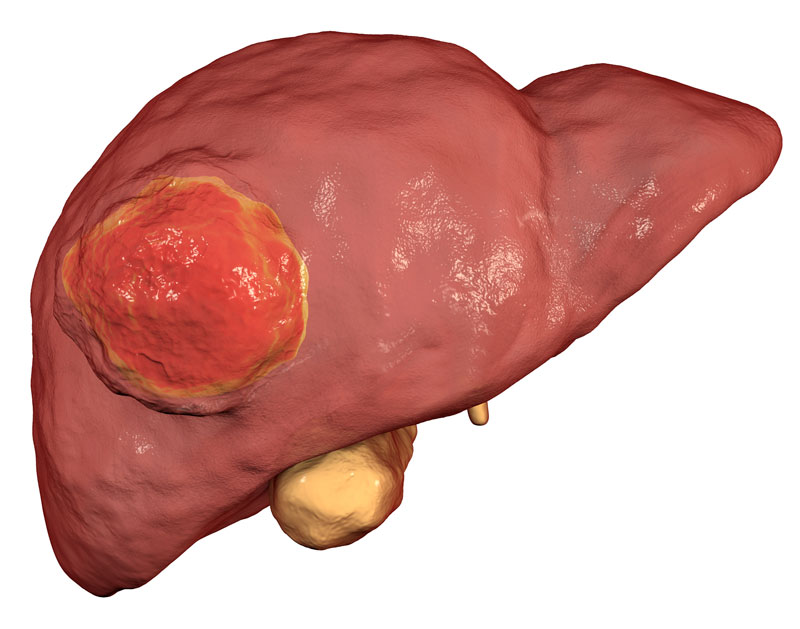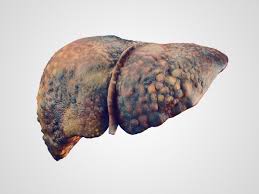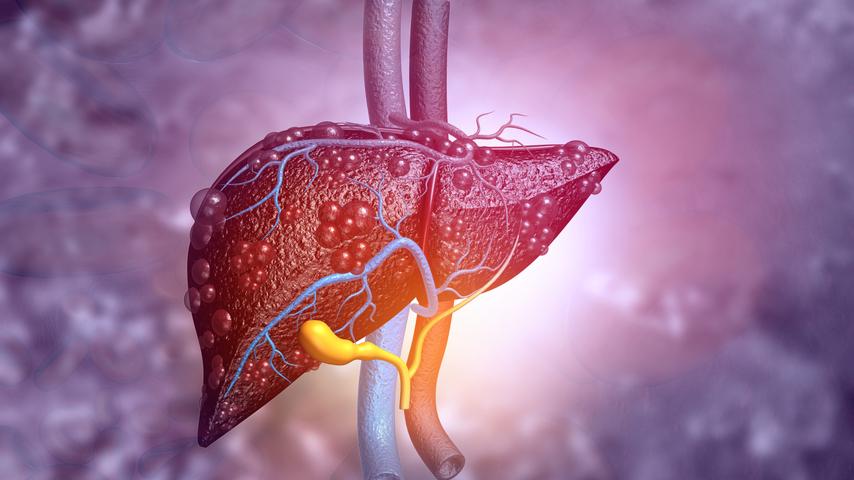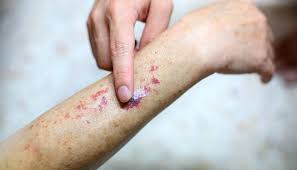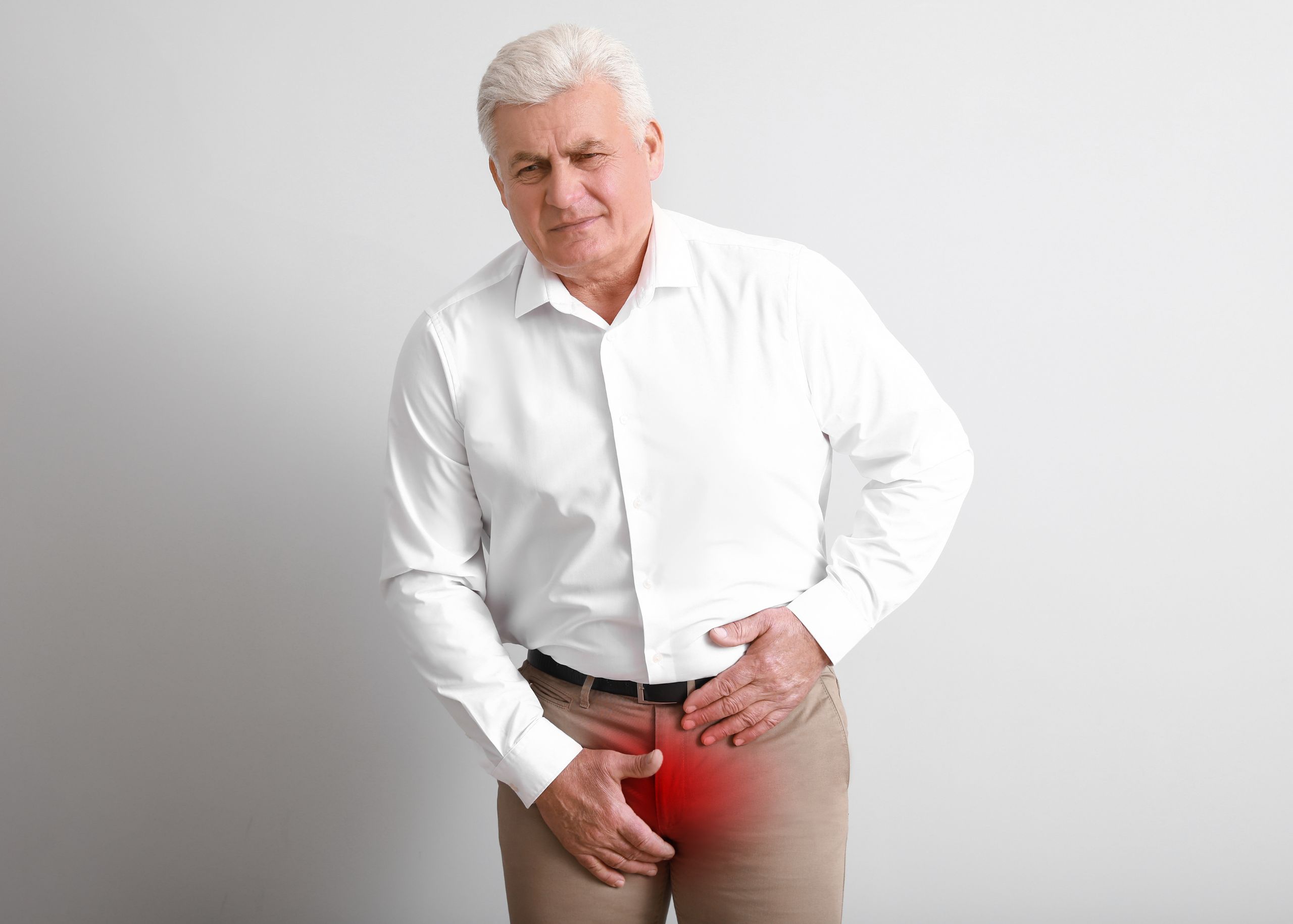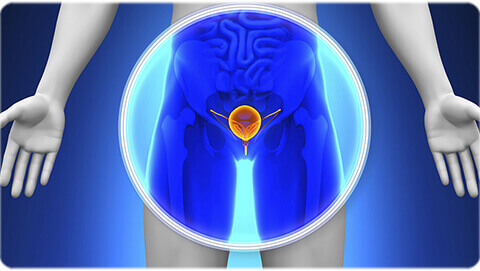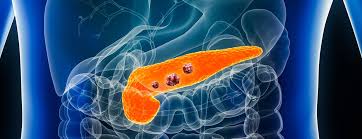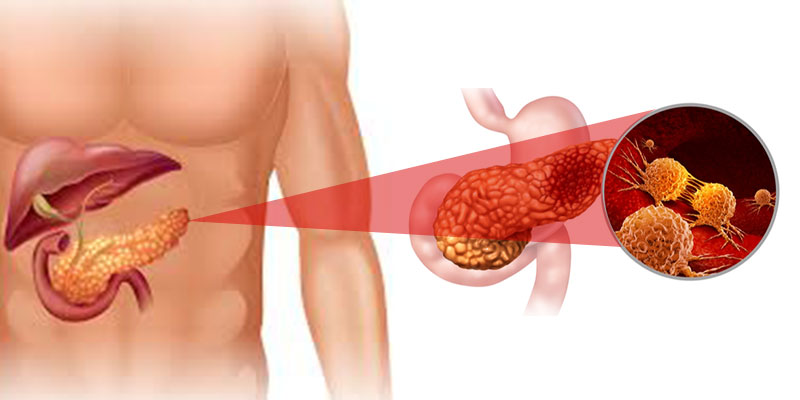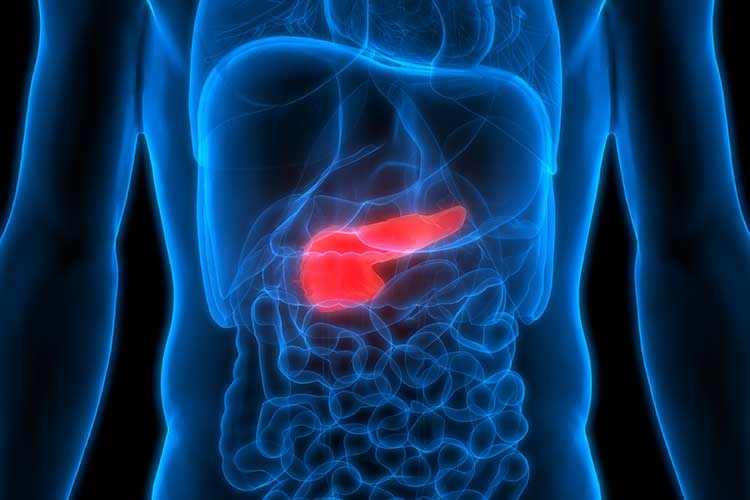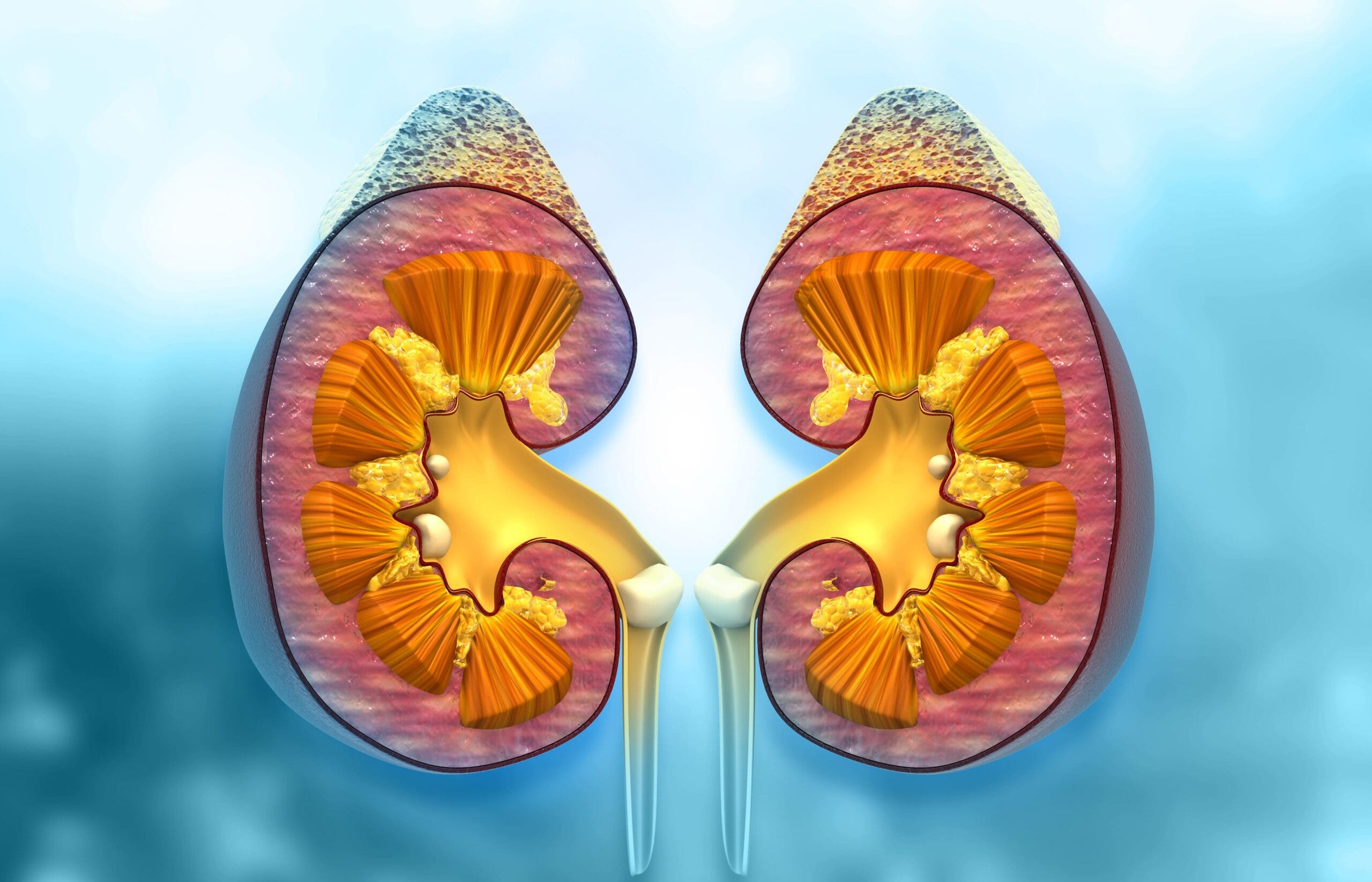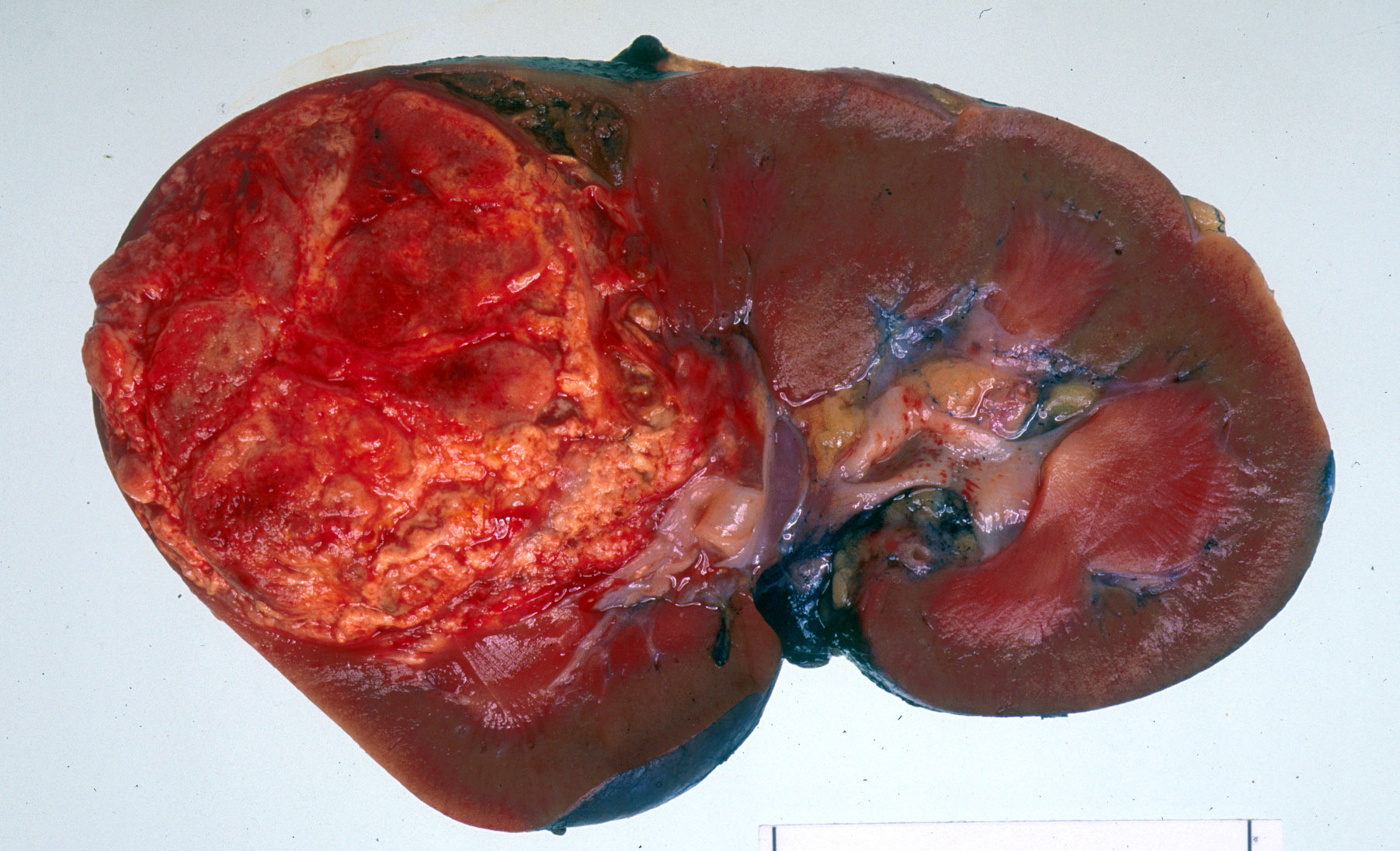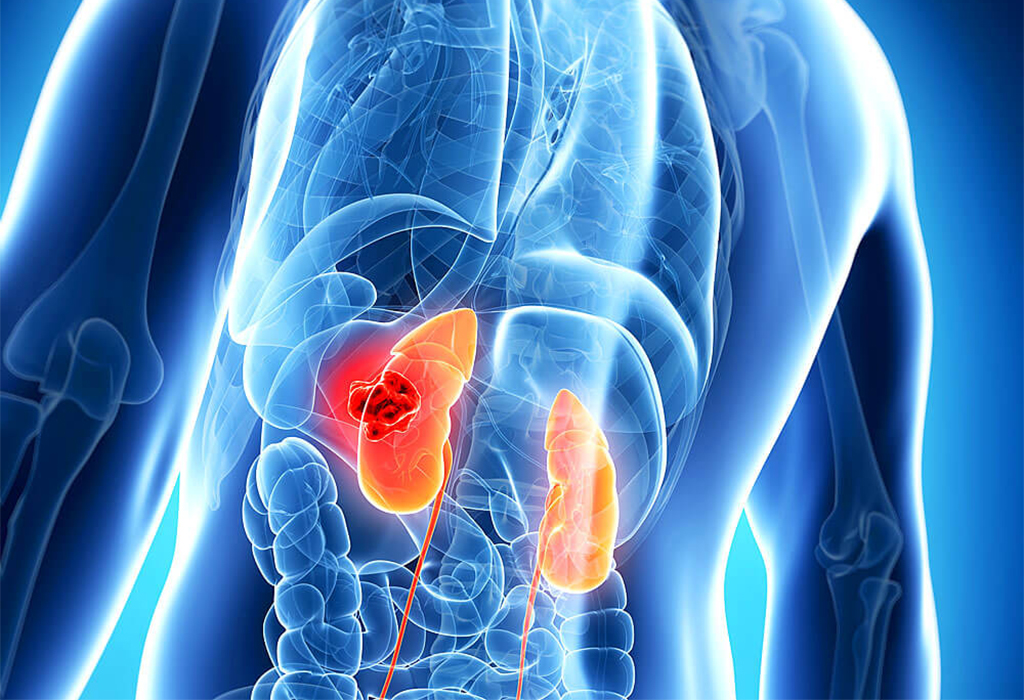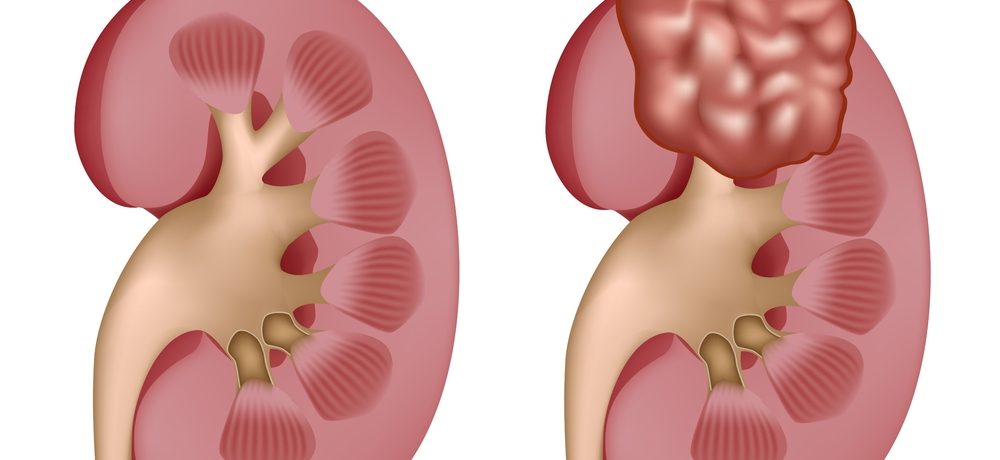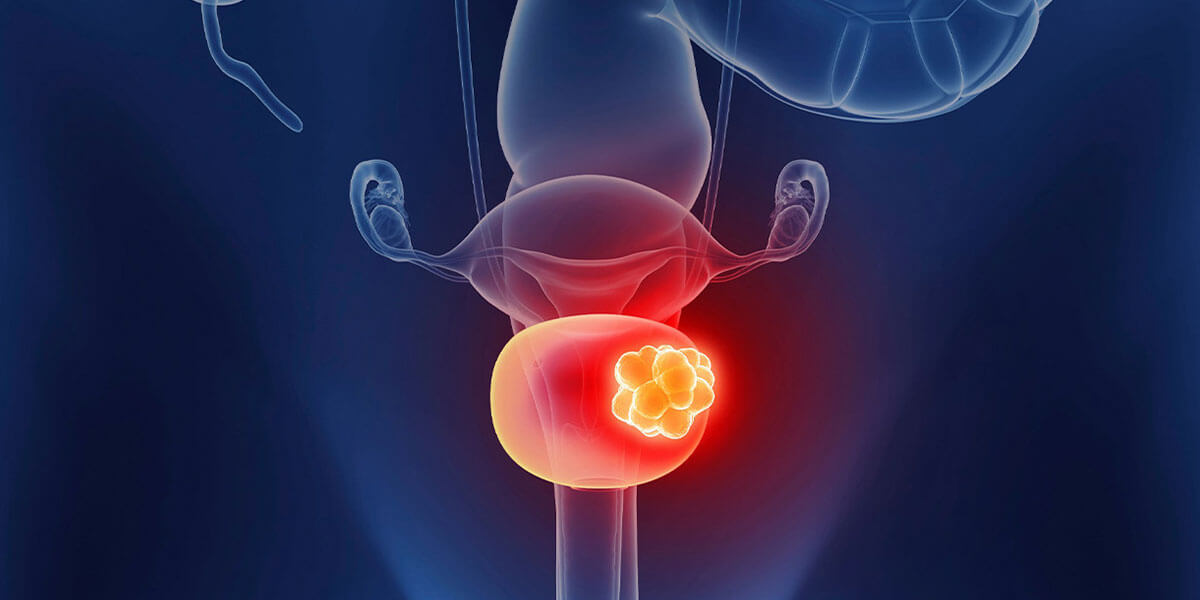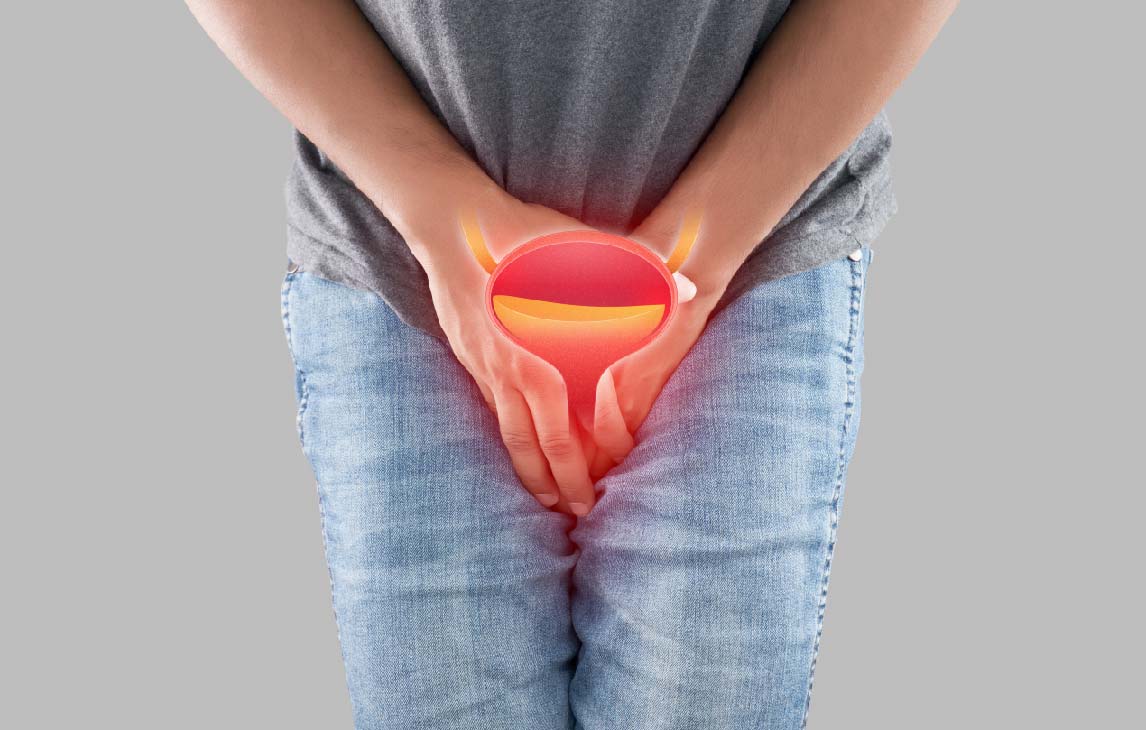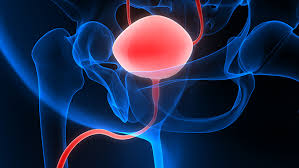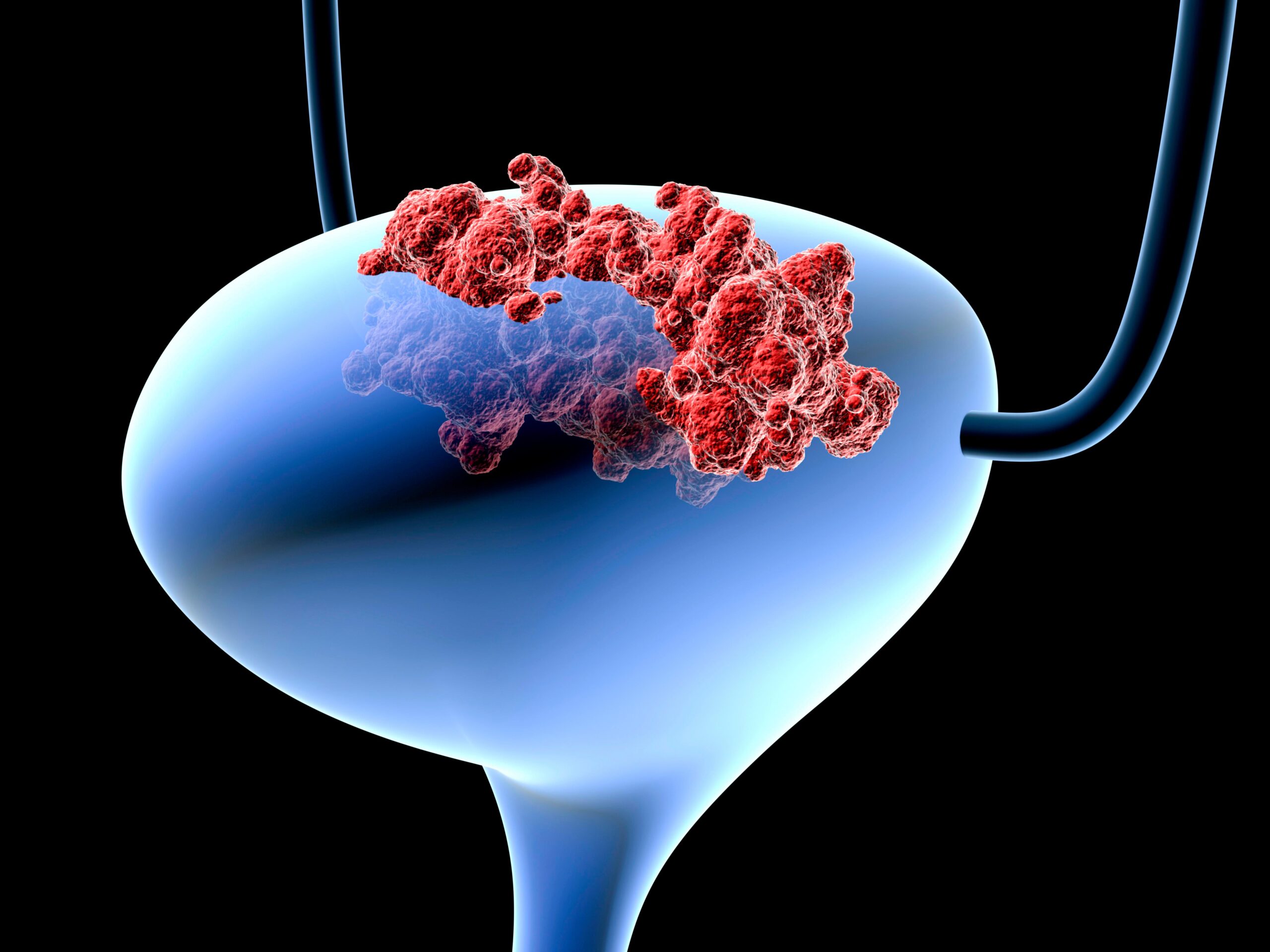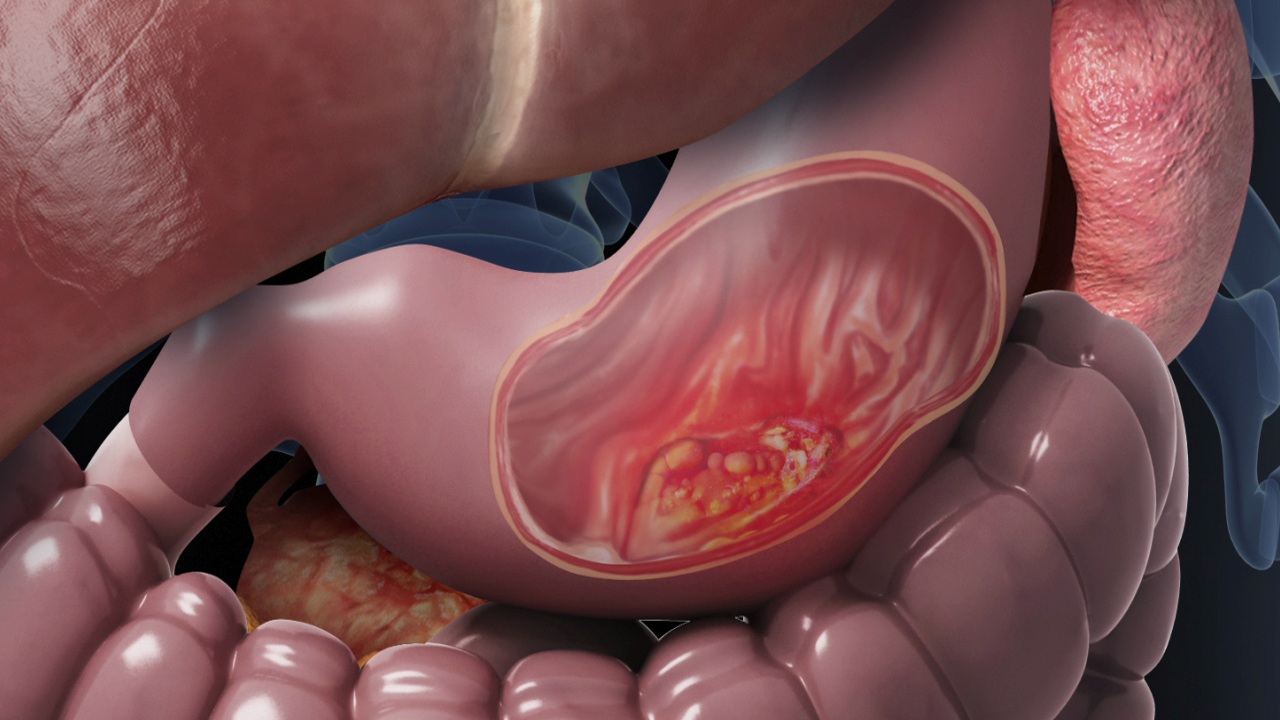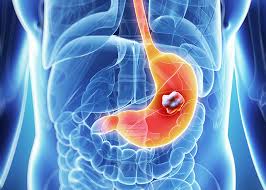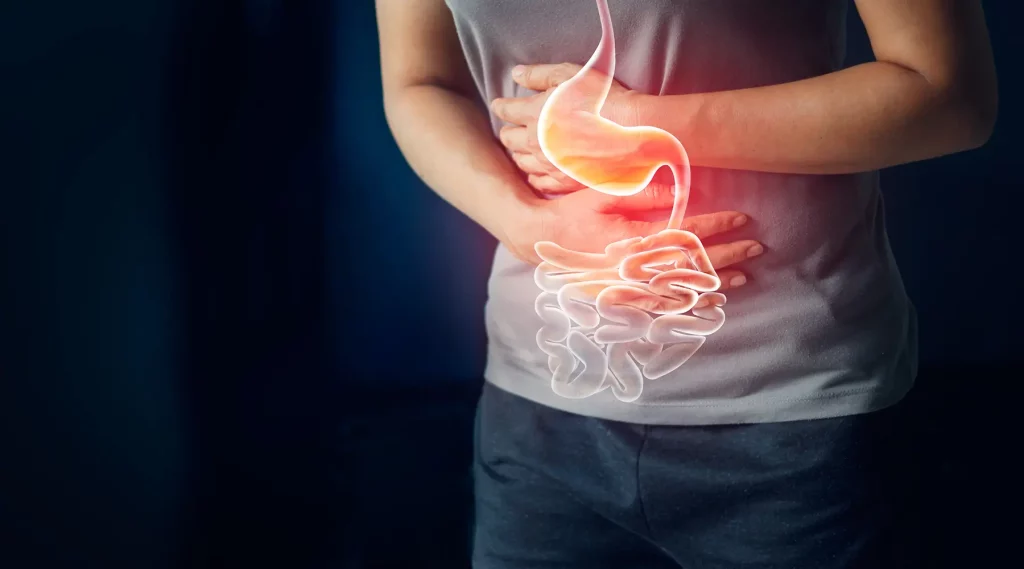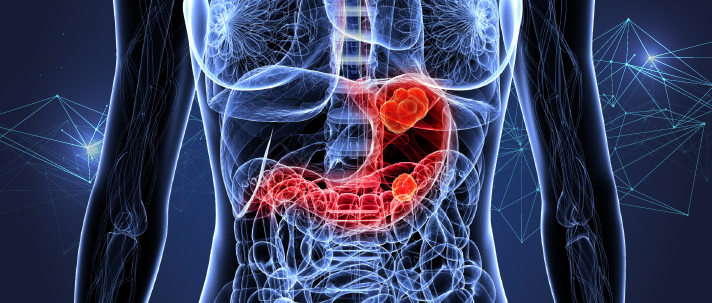

If you want to search for the common diseases and injuries you can search here for the information as weel as ways to treat it. We wish you good luck.
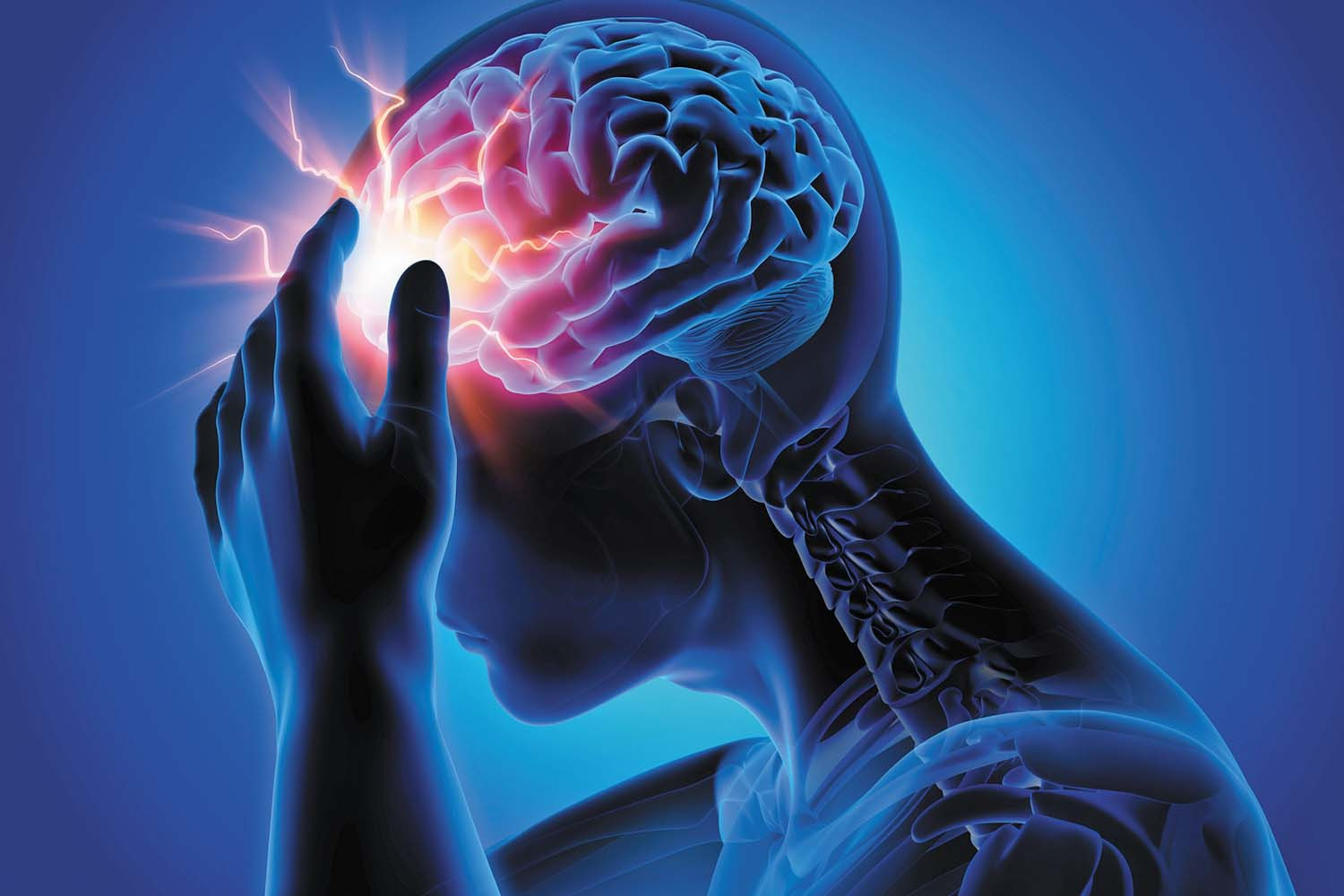

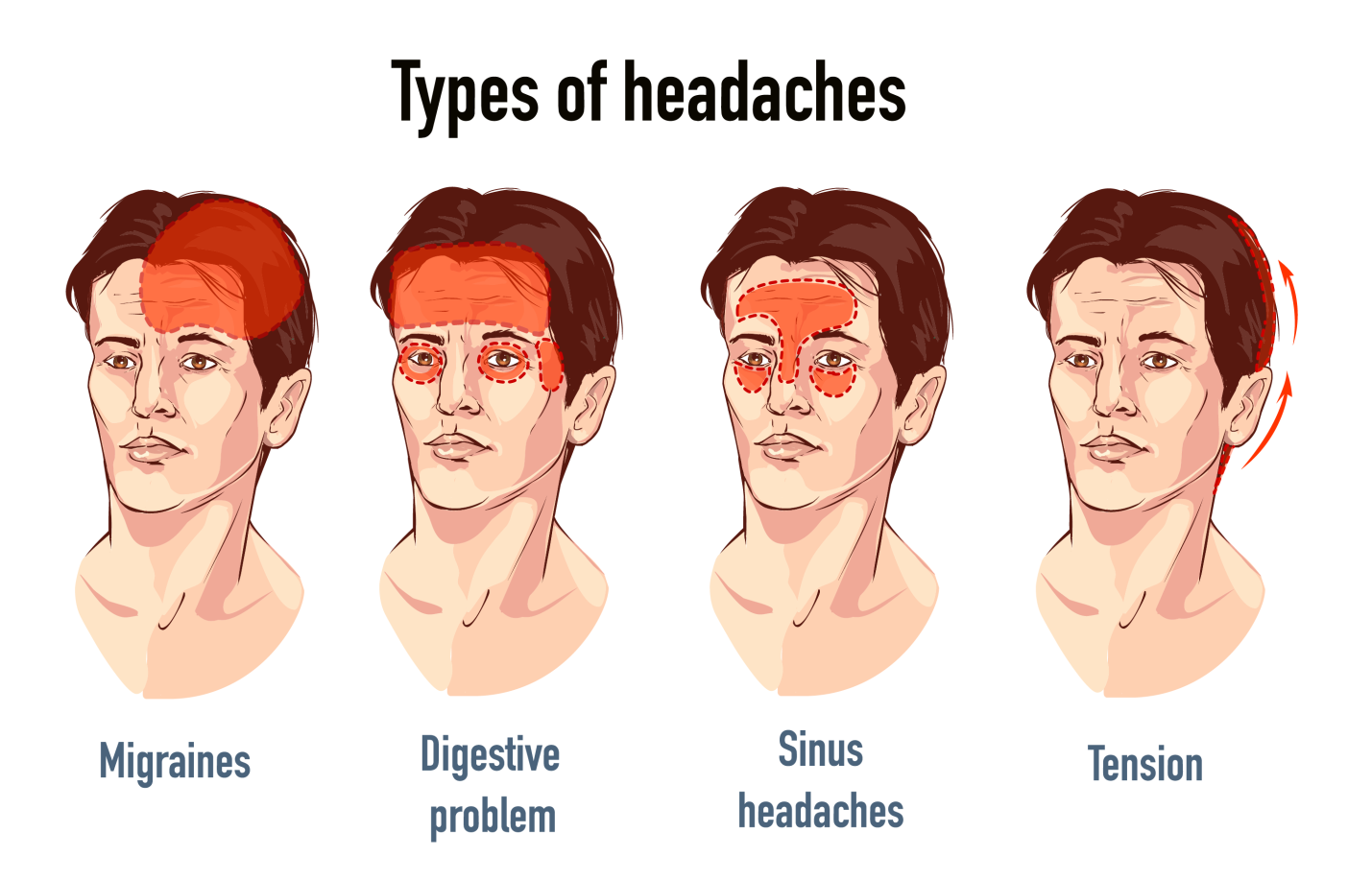
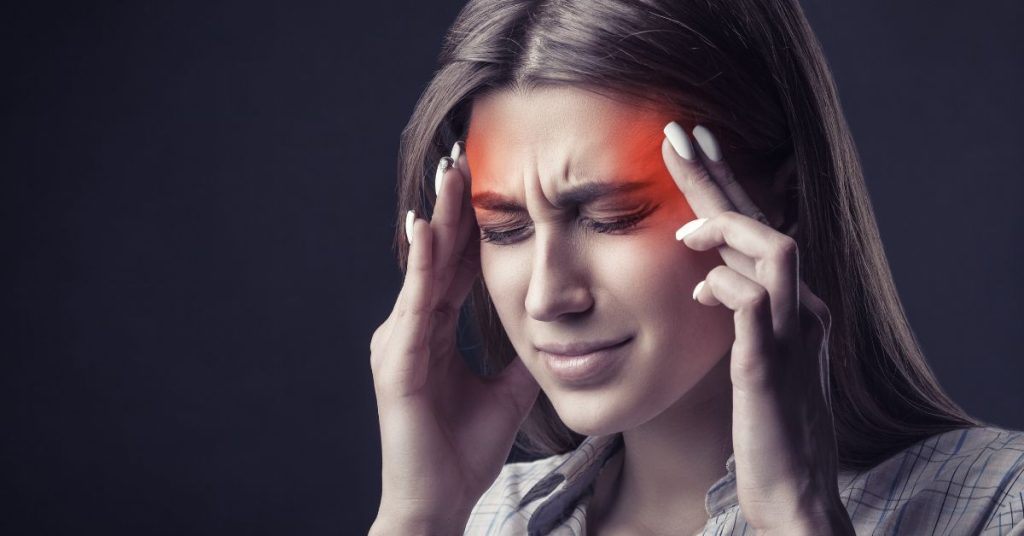

Headaches are a very common condition that most people will experience many times during their lives. The main symptom of a headache is pain in your head or face. There are several types of headaches, and tension headaches are the most common. While most headaches aren’t dangerous, certain types can be a sign of a serious underlying condition.
The key to preventing headaches is figuring out what triggers them. Triggers are very specific to each person — what gives you a headache may not be a problem for others. Once you determine your triggers, you can avoid or minimize them.


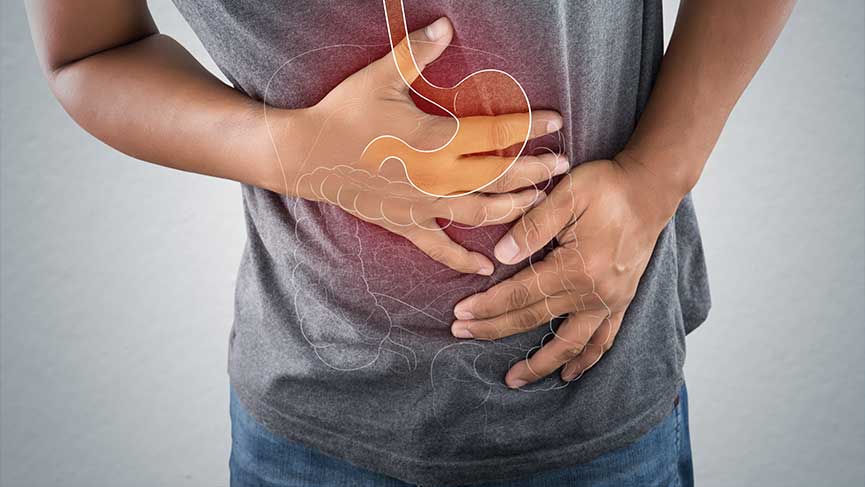


Abdominal pain has many causes, some more serious than others. What feels like a stomachache may be coming from another organ in your abdomen, or from outside of your digestive system. Always seek medical care if your abdominal pain is unexplained, persistent or severe. Some are because of feeling bloated (farting a lot), feeling full after eating, Constipation or other infections on stomach as well as food intolarences.
There's no universal way of preventing the stomach ache. However you can minimize it by the following:
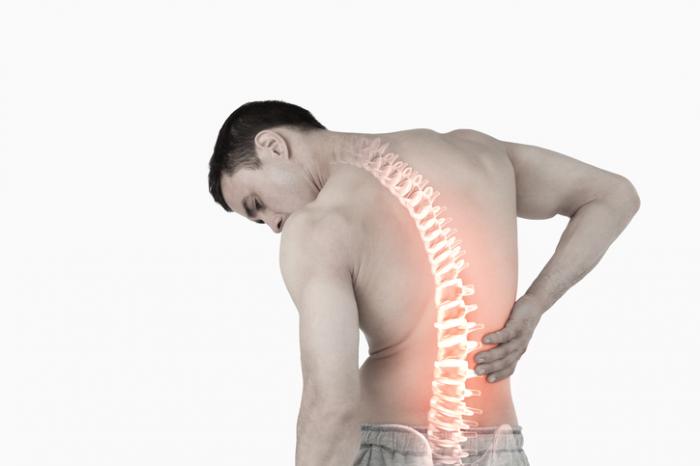
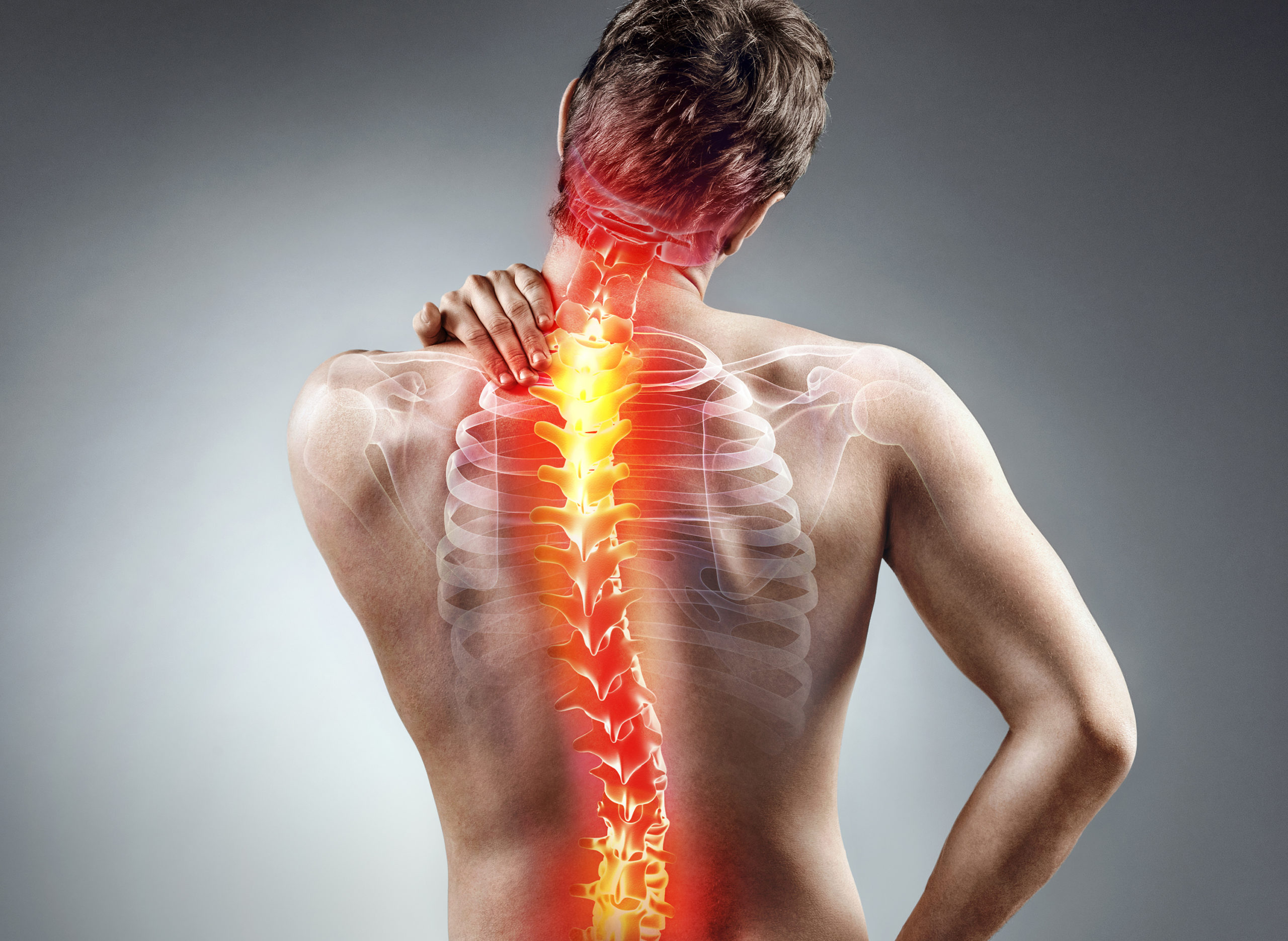
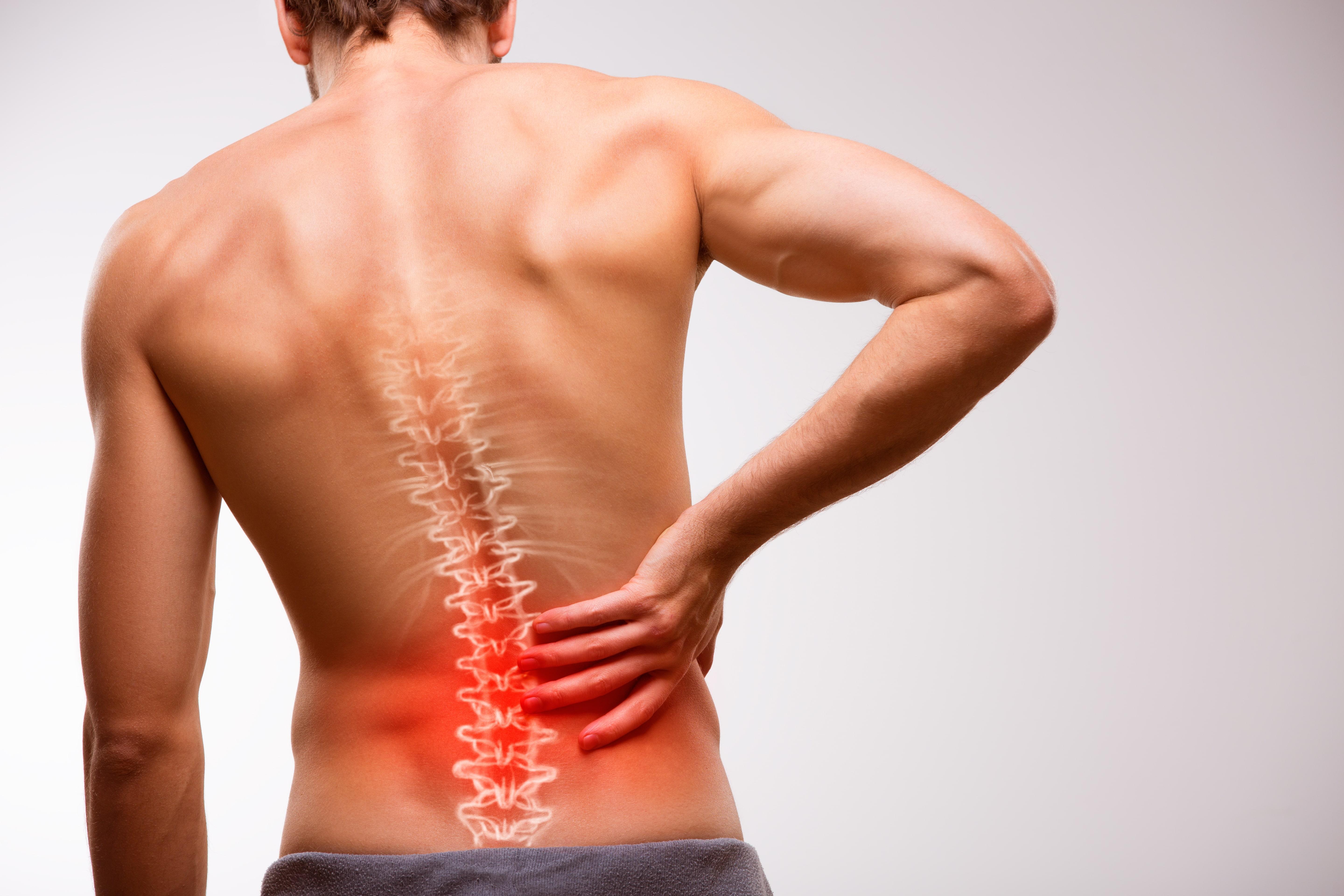


A common cause of back pain is an injury like a pulled muscle (strain).Sometimes, medical conditions like a slipped disc, sciatica (a trapped nerve) or ankylosing spondylitis can cause back pain. Very rarely, back pain can be a sign of a serious problem such as a broken bone, cancer or an infection.

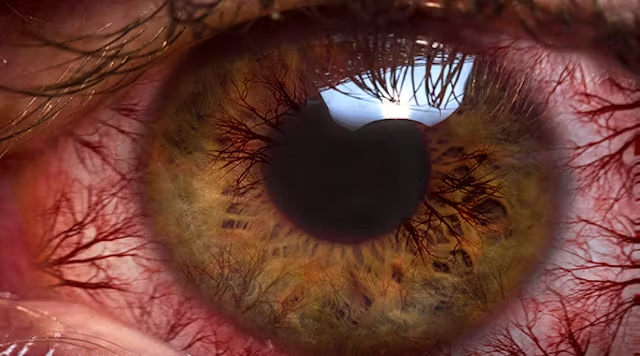

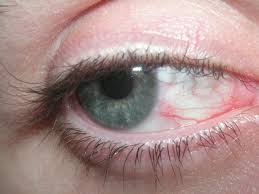

Eyestrain is a common condition that occurs when your eyes get tired from intense use, such as while driving long distances or staring at computer screens and other digital devices.

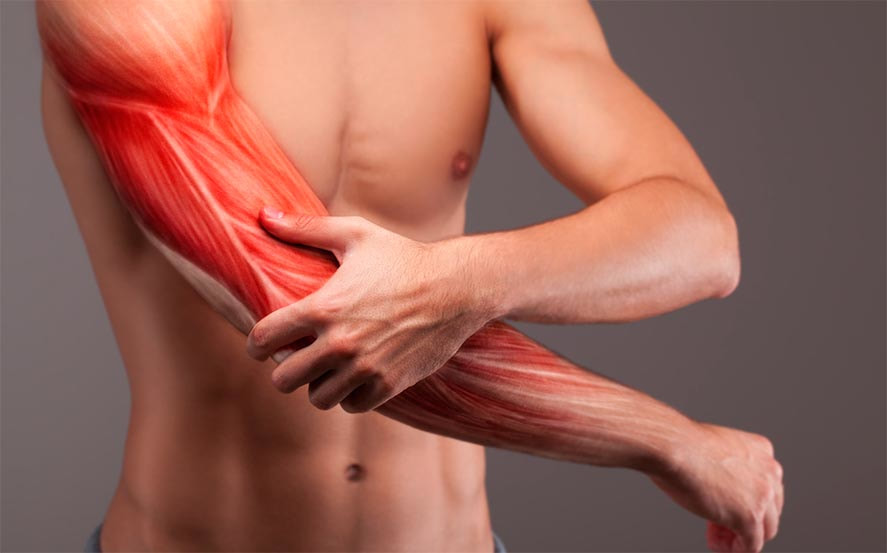
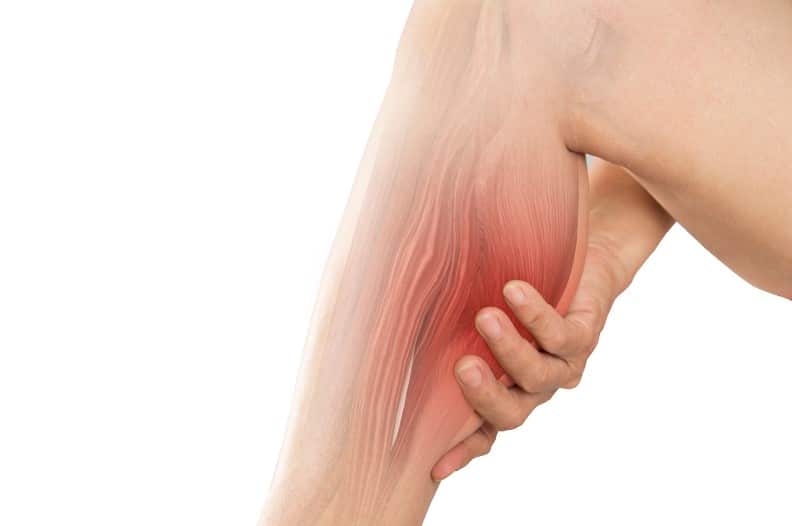
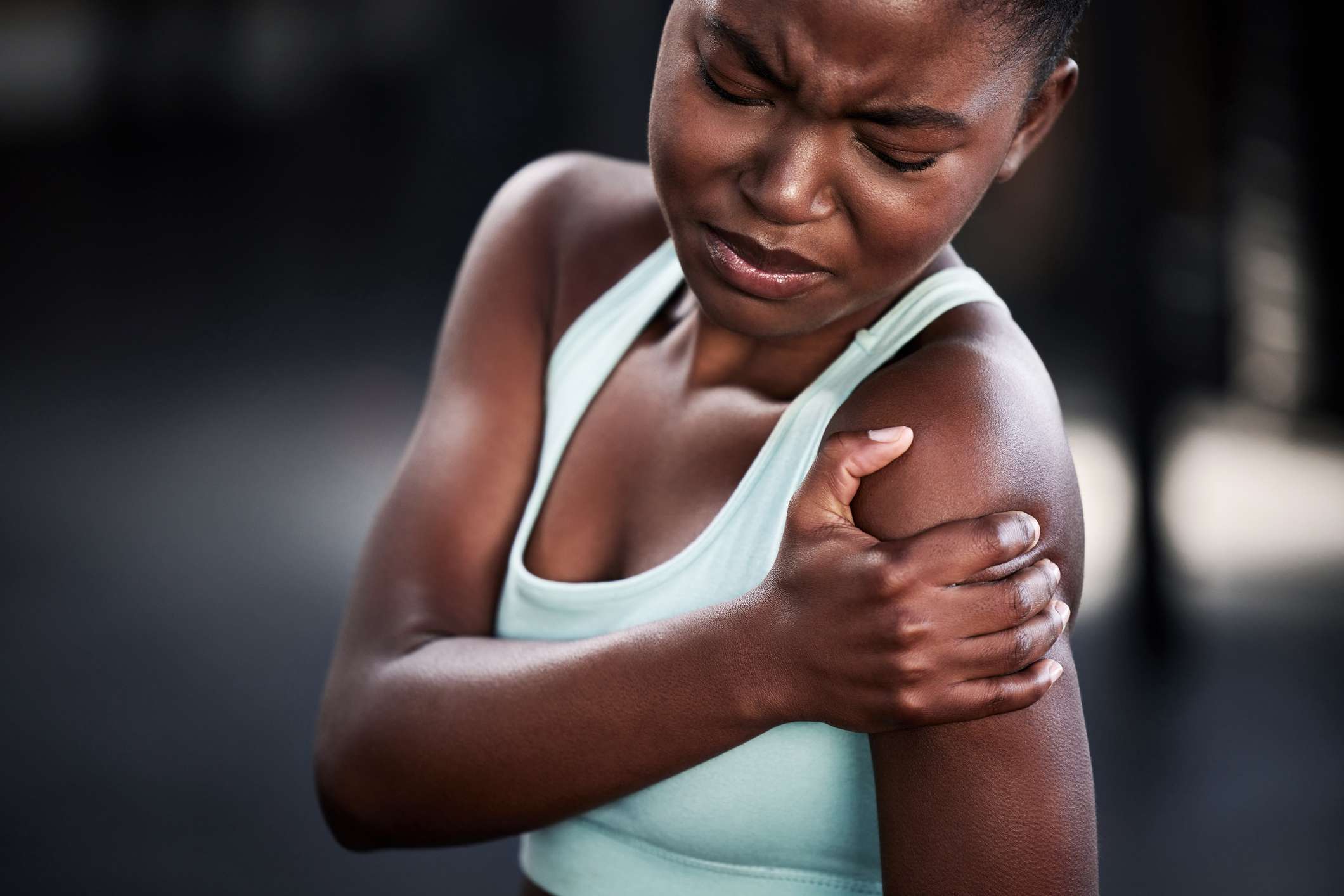

The most common causes of muscle pain are tension, stress, overuse and minor injuries. This type of pain is usually limited to just a few muscles or a small part of your body.
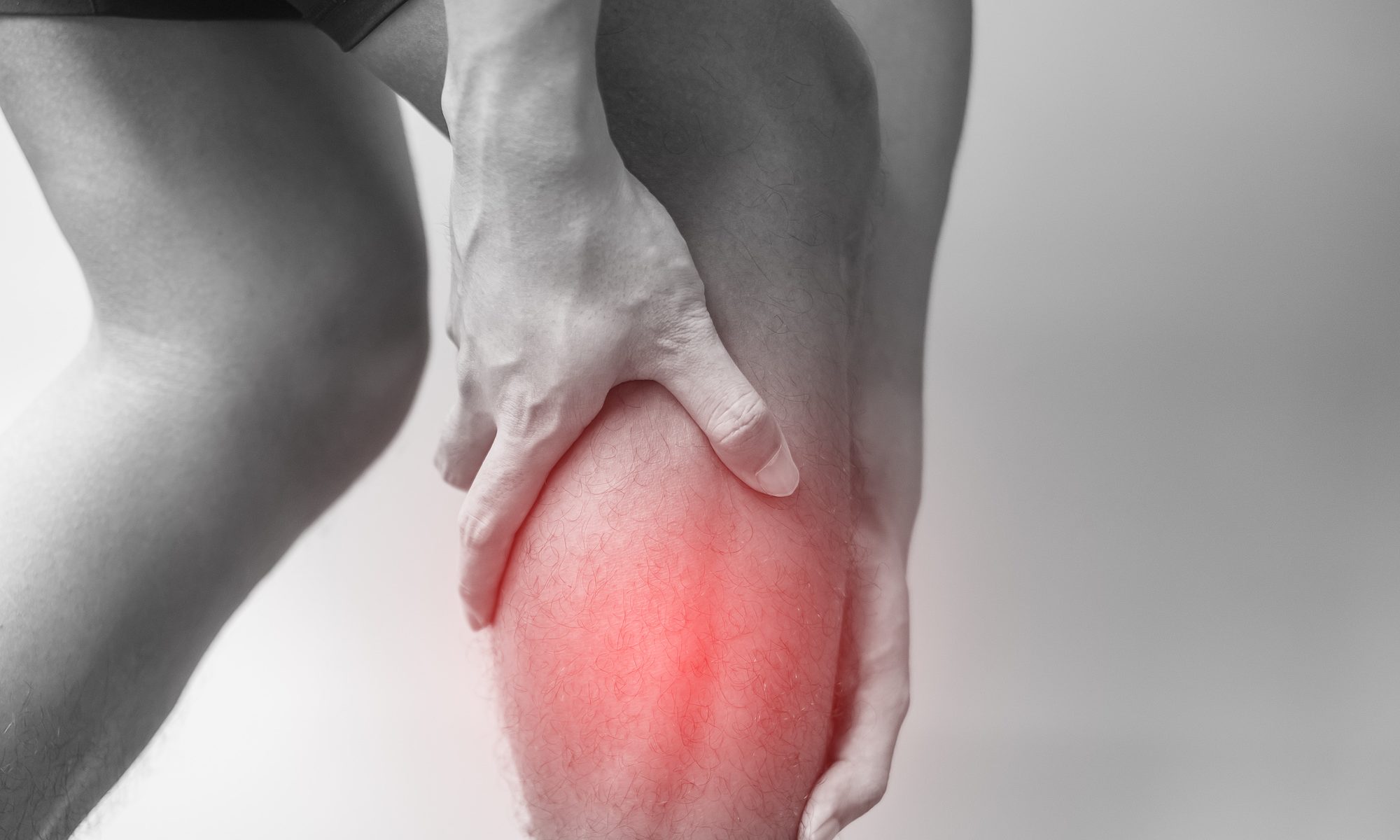
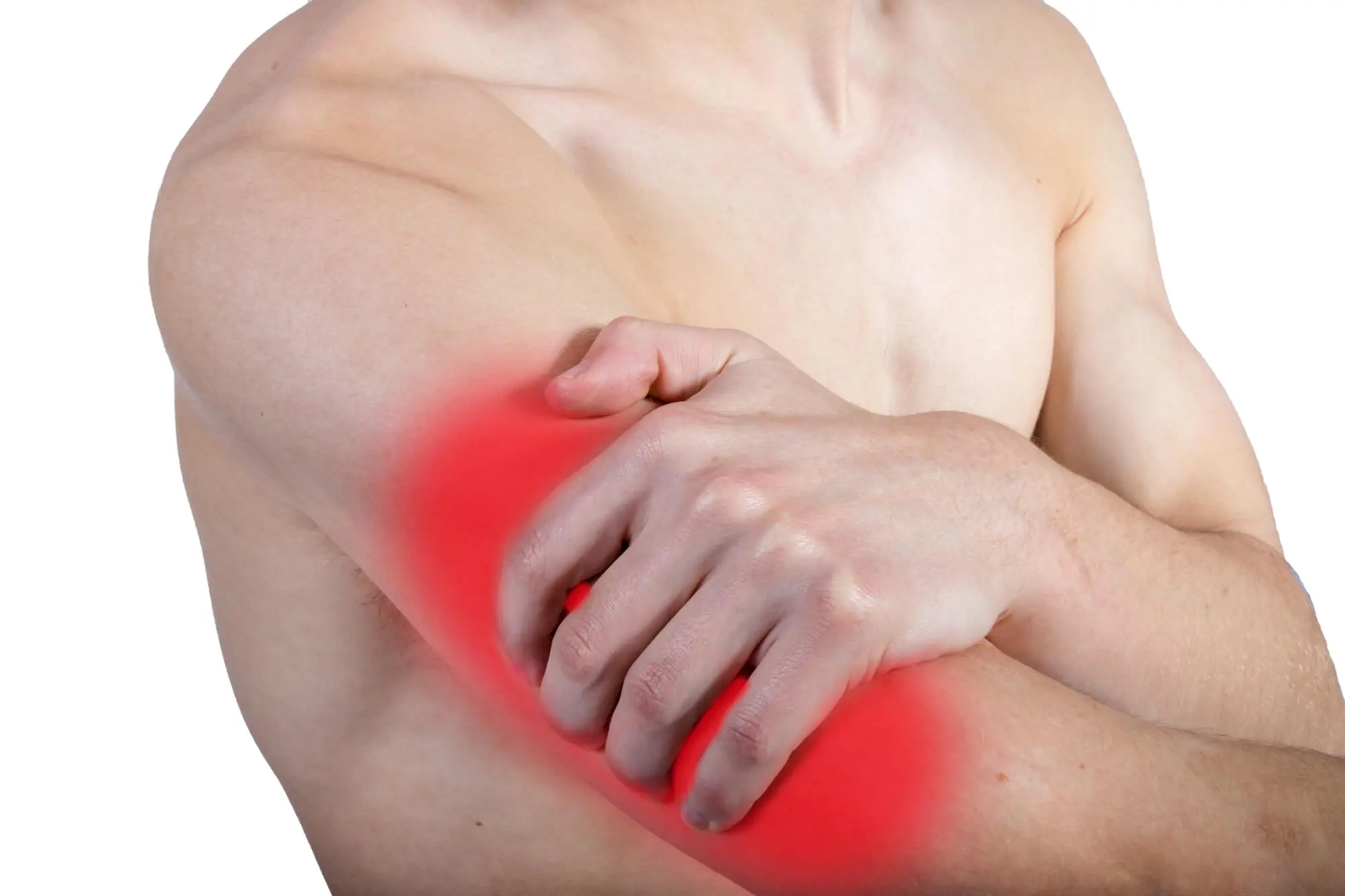



A muscle cramp is an uncontrollable and painful spasm of a muscle. Any muscle can be affected, but the muscles of the calf and foot are particularly prone. A cramp can last for varying periods of time and generally resolves by itself. The exact cause of cramp is unknown but risk factors may include poor physical condition, mineral and electrolyte imbalances and tight, inflexible muscles.

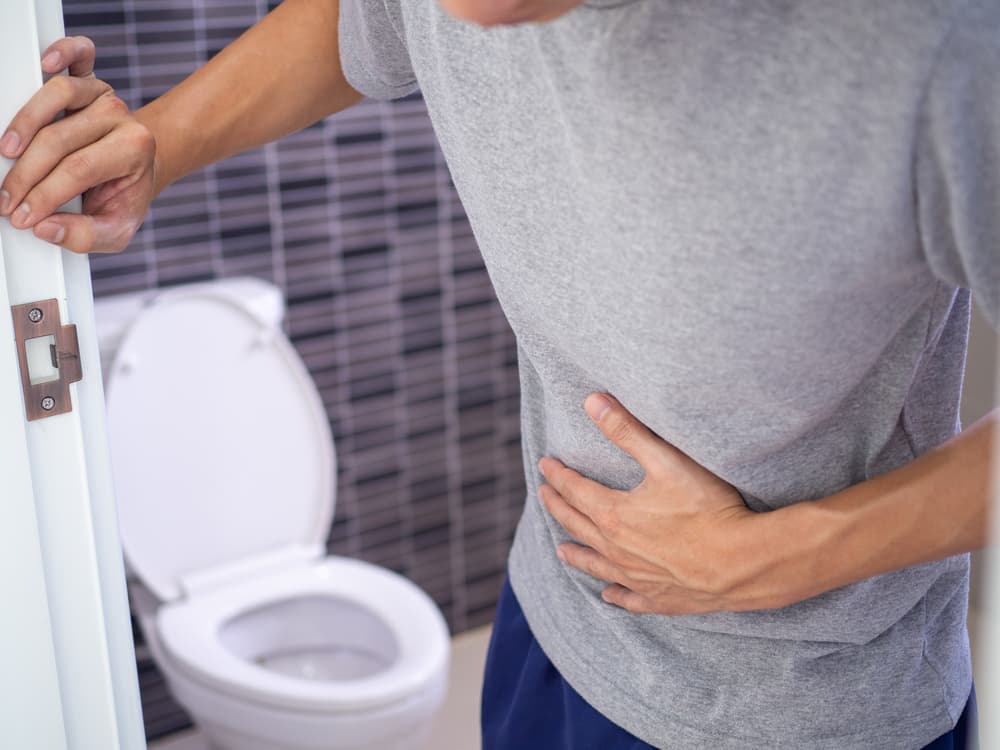

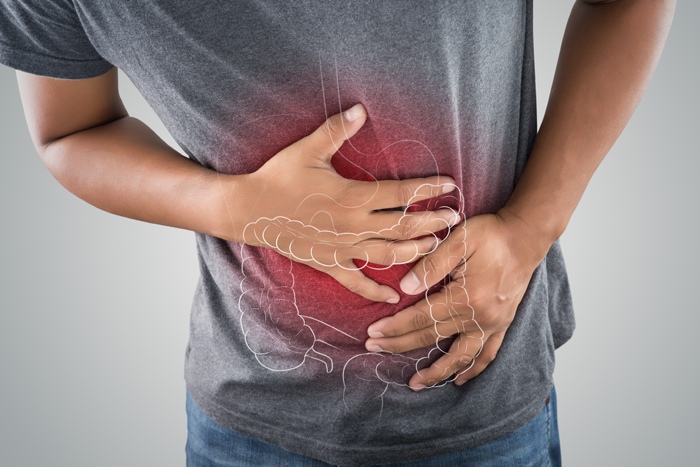

Diarrhea means having a loose, watery stool during a bowel movement. It’s common in both children and adults and usually goes away on its own within a few days. If it doesn’t improve or if you’re experiencing other symptoms like a fever or bloody stool, reach out to a provider to get the treatment (and relief) you need.
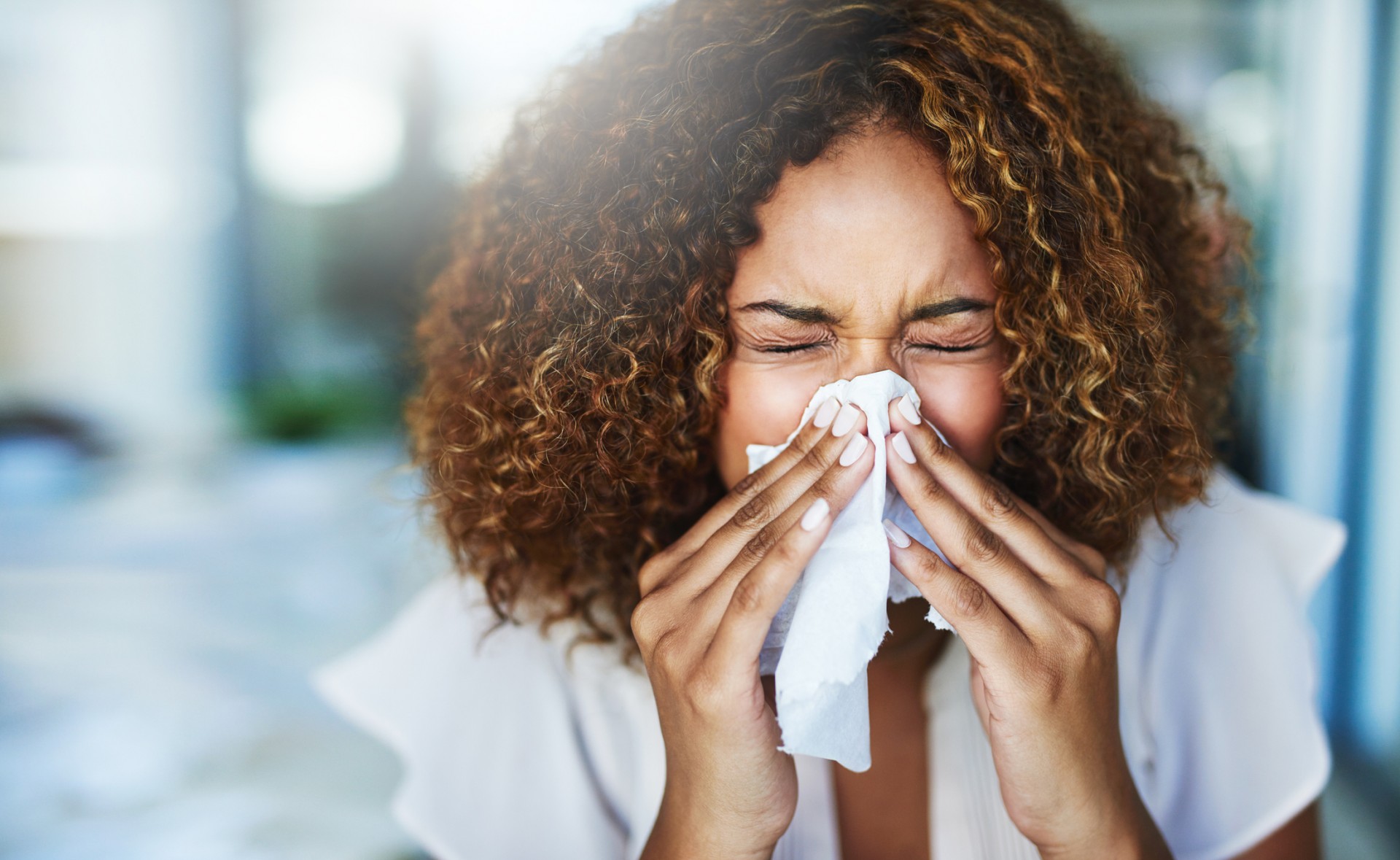

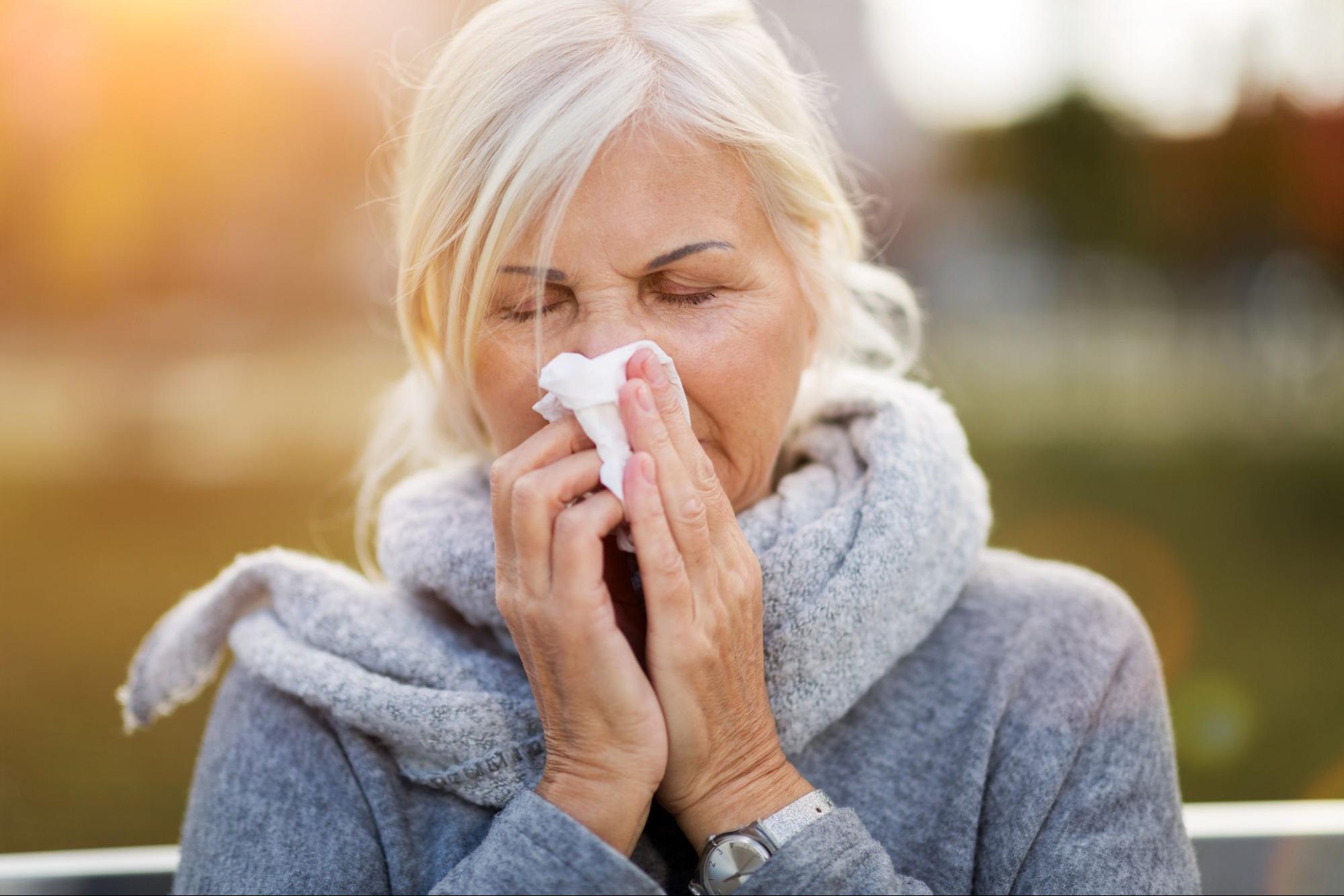
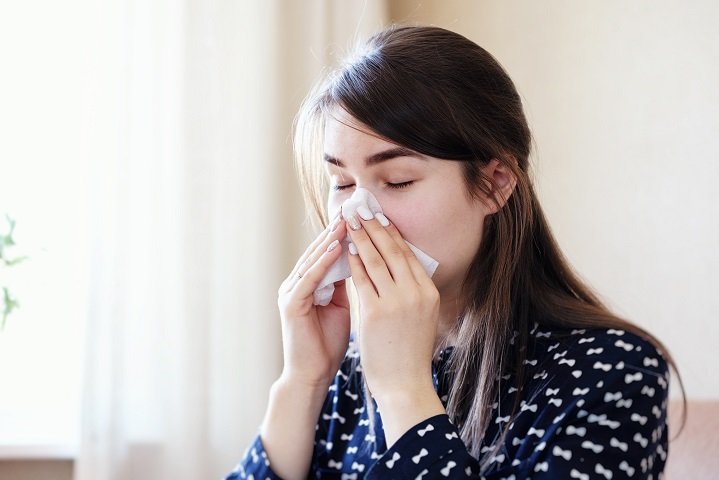

A runny nose is having fluid run out of the nose. The fluid can range from thin and clear to thick and yellow-green. The fluid might drip or run out of the nose, down the back of the throat, or both. If it runs down the back of the throat, it's called postnasal drip.


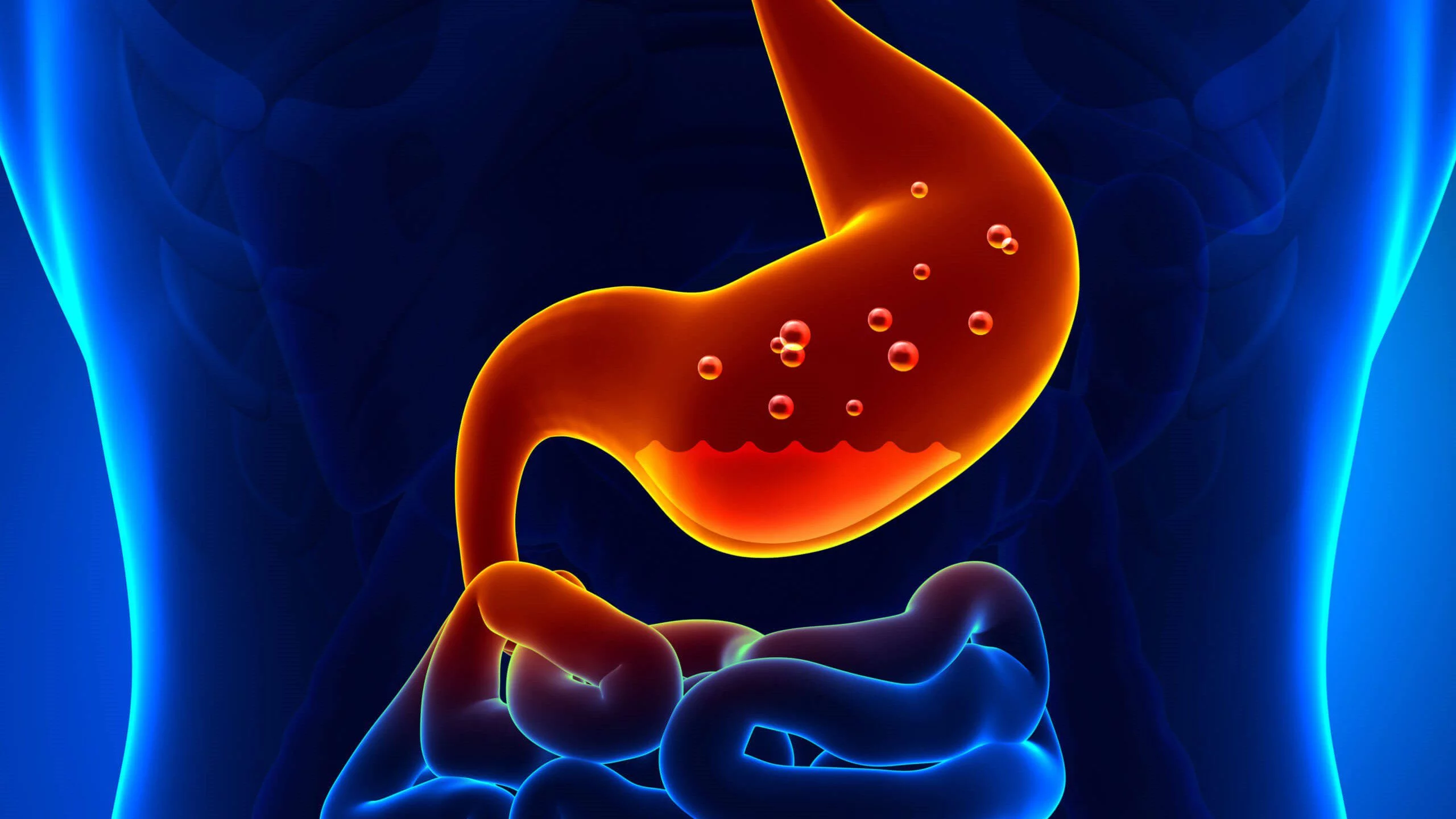
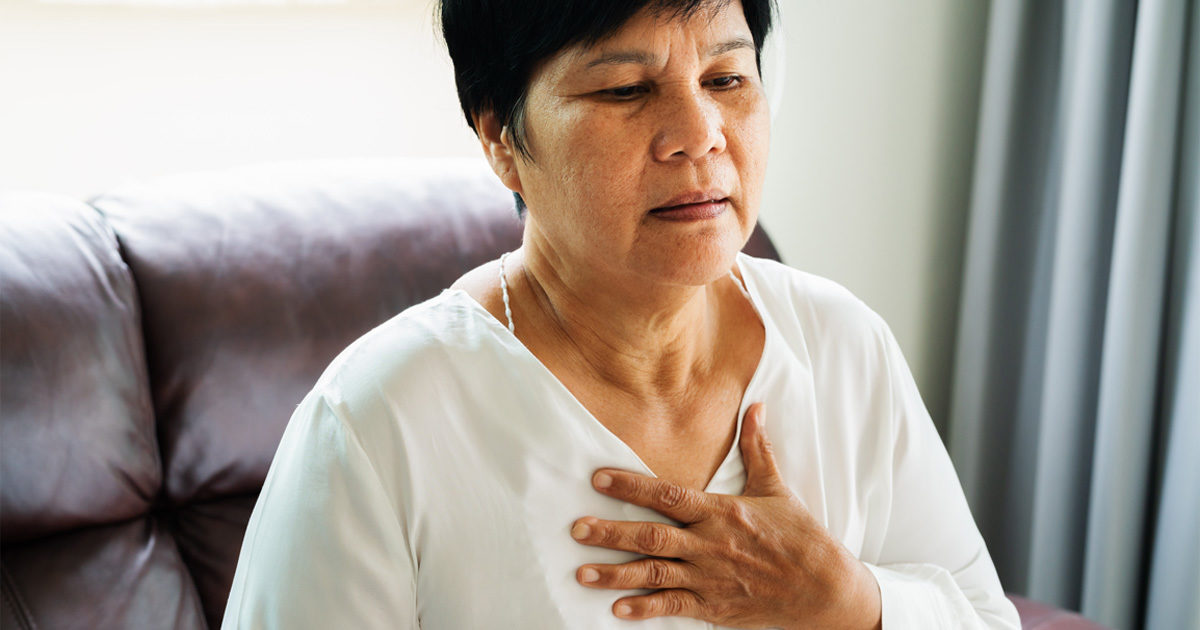

Indigestion is pain or discomfort after eating, while your stomach is digesting. Healthcare providers also use the term dyspepsia, which means the same thing: impaired digestion. If you get a stomachache or upset tummy after eating, something in your digestive process isn’t going quite right.
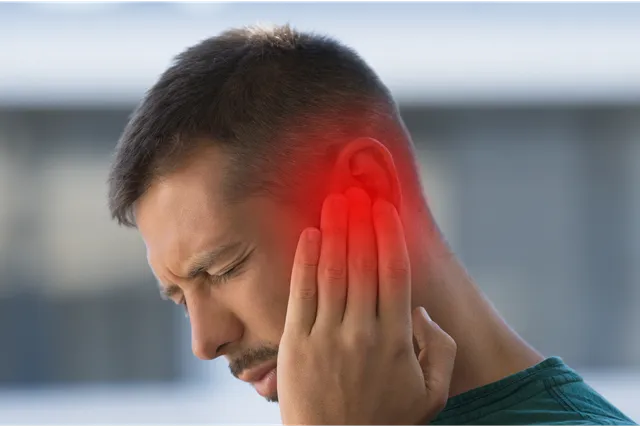
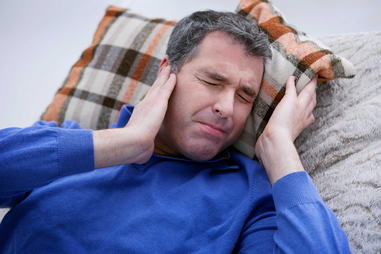
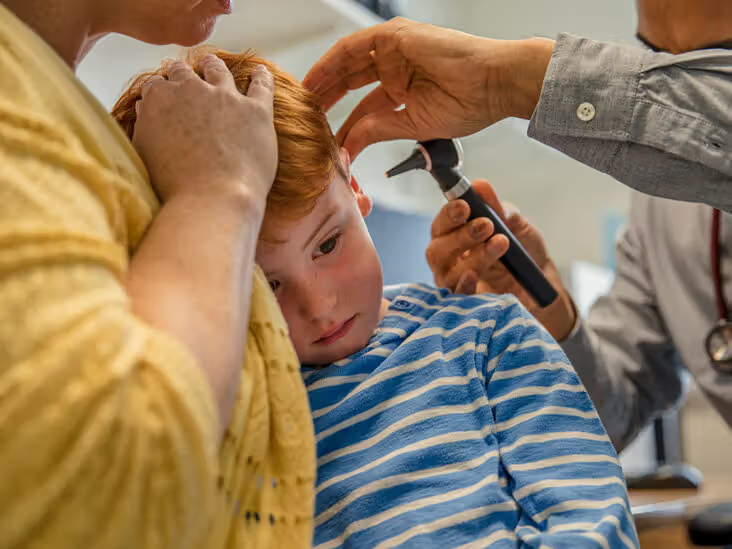
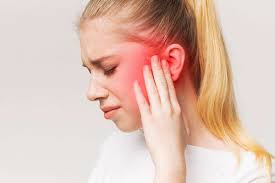

Earache and ear pain is common, particularly in young children. It can be painful, but is not usually a sign of anything serious. It depends on what's causing it. Most earaches in children are caused by an ear infection, which usually start to improve after a few days.


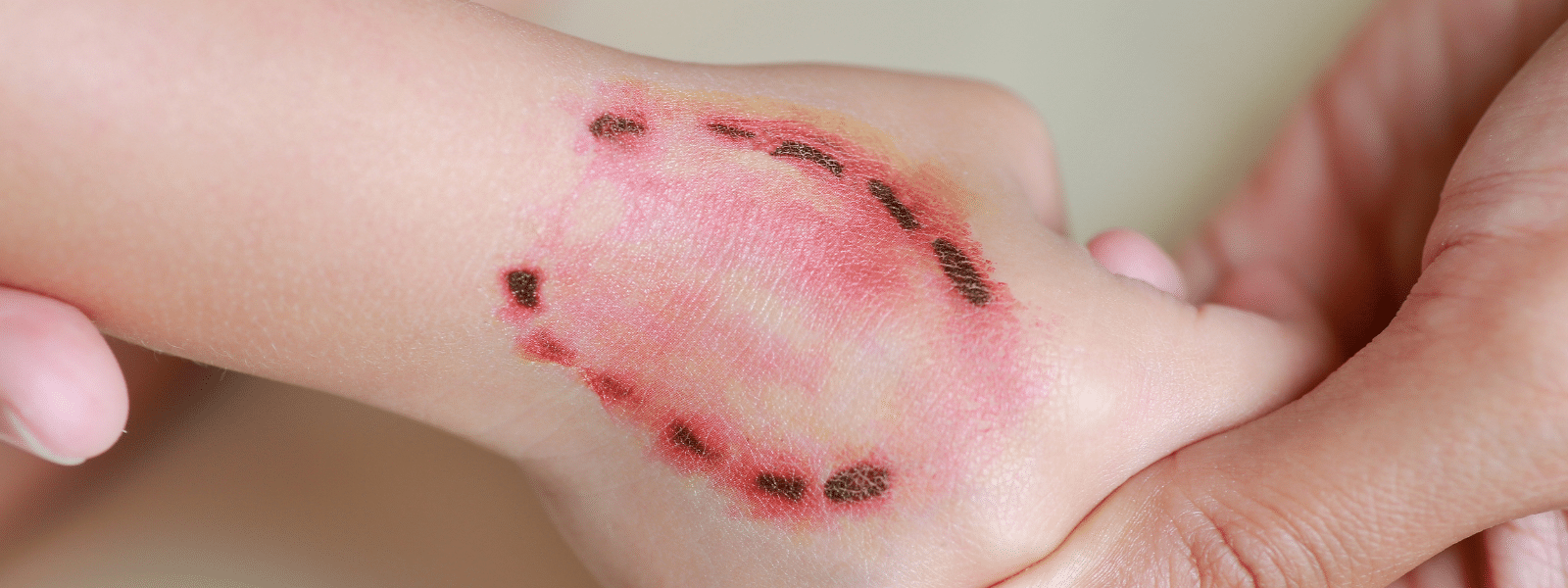


Wild animals usually avoid people. They might attack, however, if they feel threatened, are sick, or are protecting their young or territory. Attacks by pets are more common. Animal bites rarely are life-threatening, but if they become infected, you can develop serious medical problems.
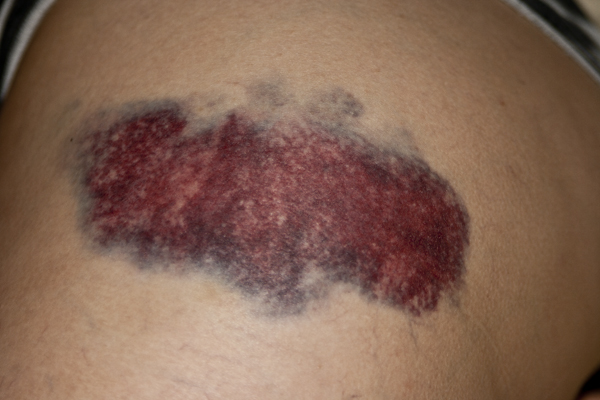
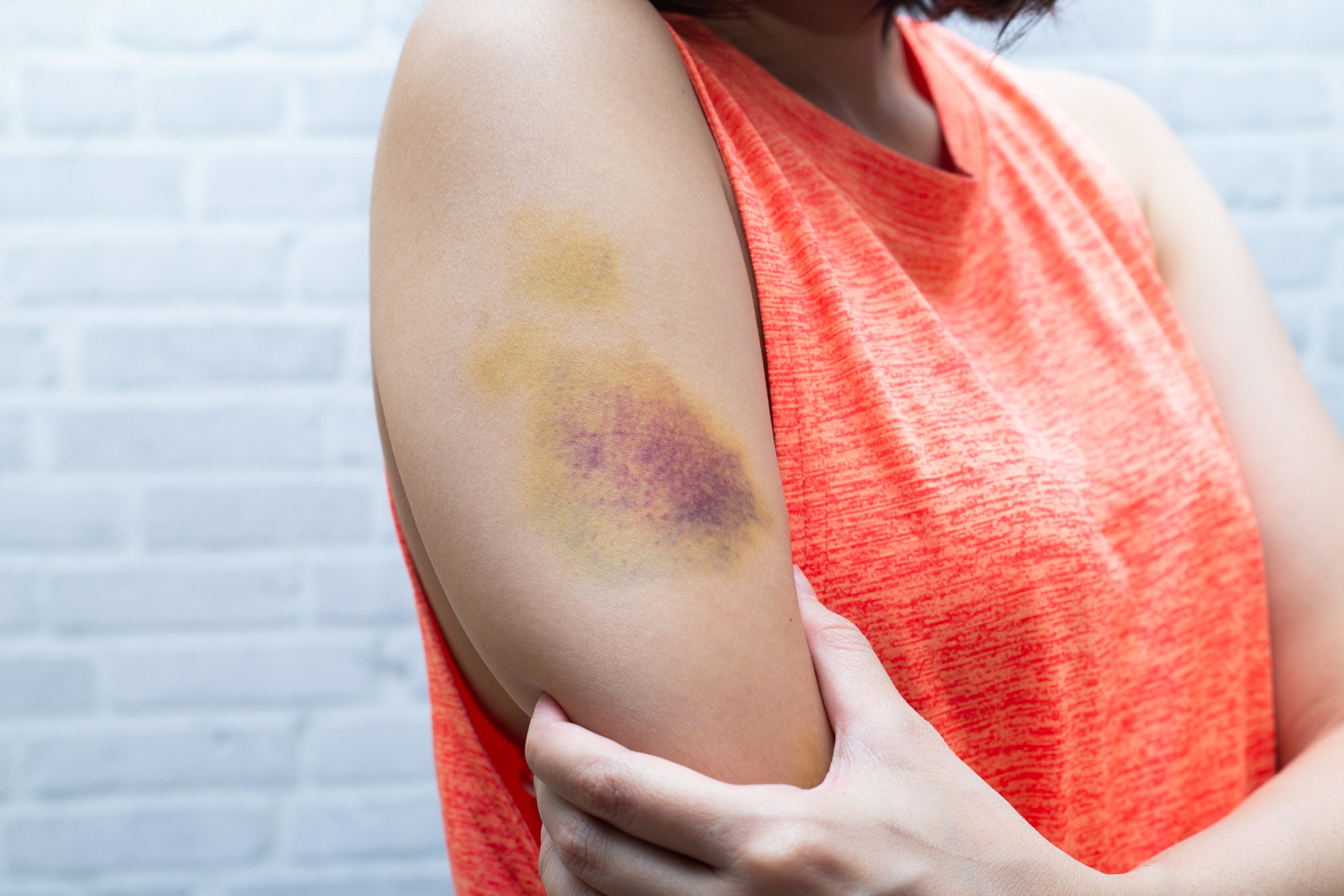
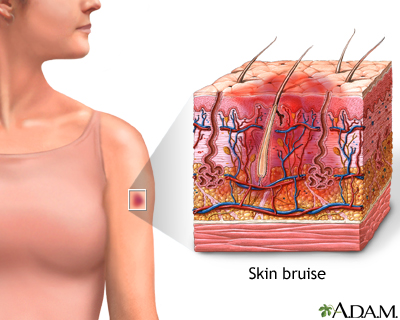
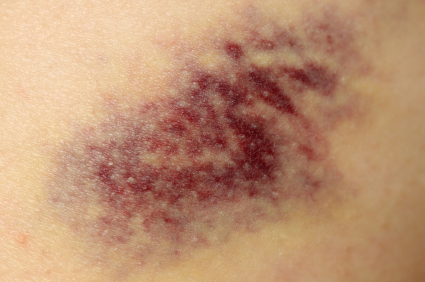

A bruise is a mark on your skin caused by blood trapped under the surface. It happens when an injury crushes small blood vessels but does not break the skin. Those vessels break open and leak blood under the skin.
If internal bleeding is suspected, if there is bleeding that cannot be stopped by self-care measures, or if there is serious trauma (eg, a potential spinal cord injury), seek emergency medical care.
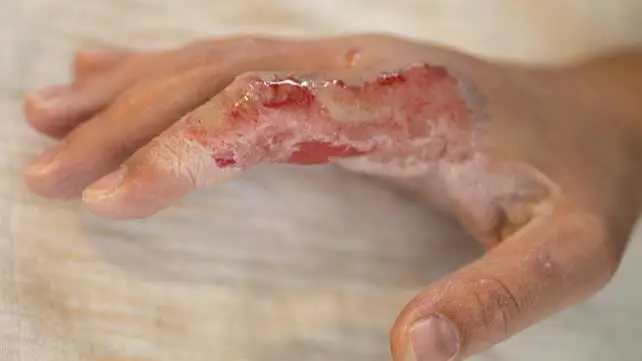
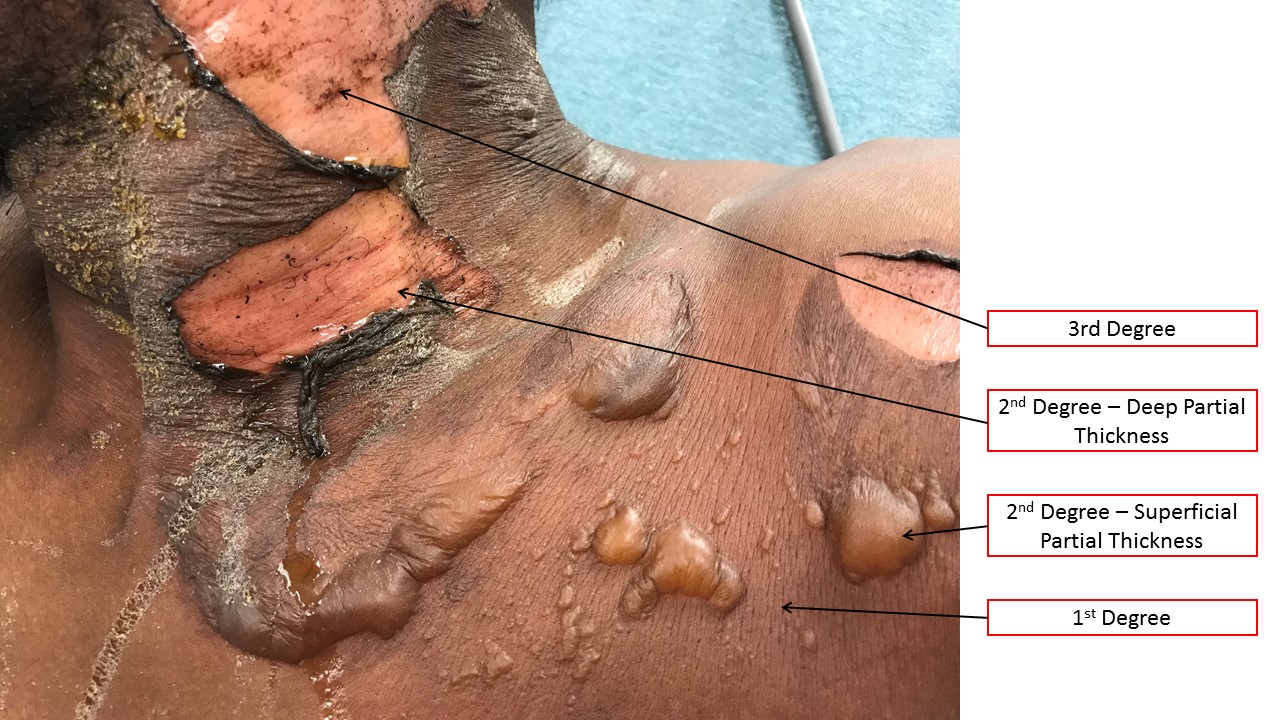
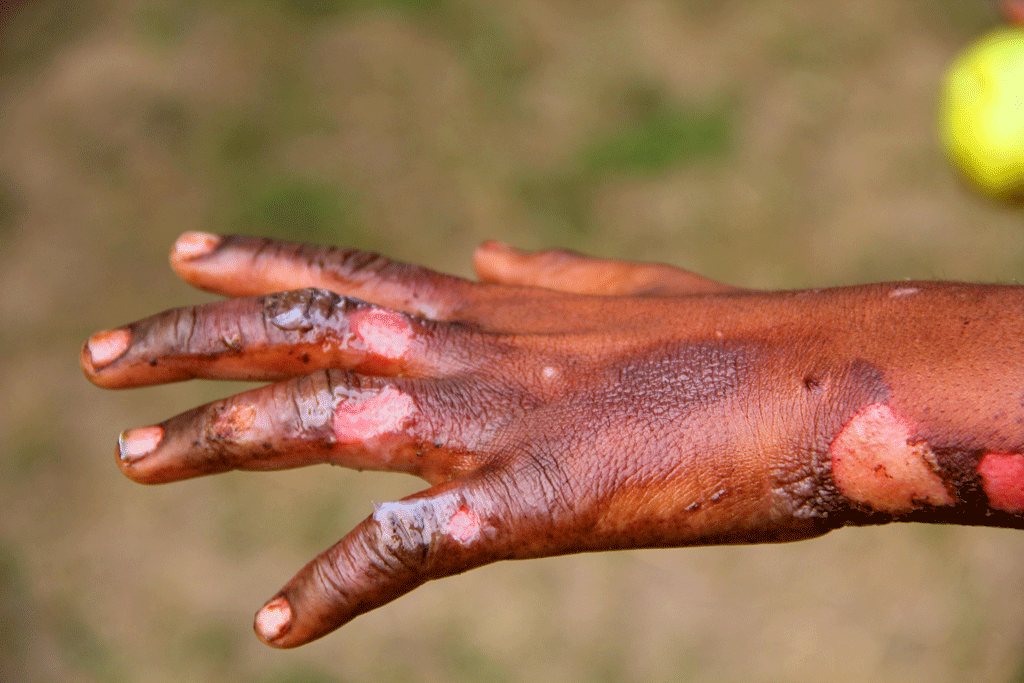
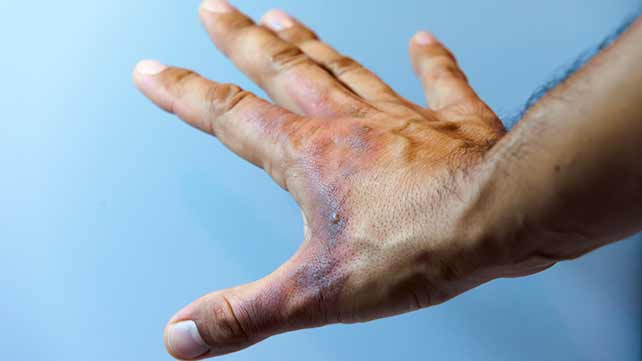

A burn is damage to your body's tissues caused by heat, chemicals, electricity, sunlight, or radiation. Scalds from hot liquids and steam, building fires and flammable liquids and gases are the most common causes of burns. Another kind is an inhalation injury, caused by breathing smoke.
If the impact area is large and the burn is intense, it is advisable to go see doctors.
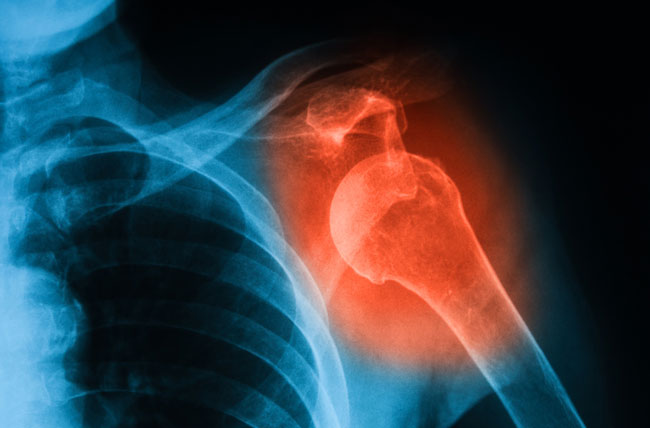
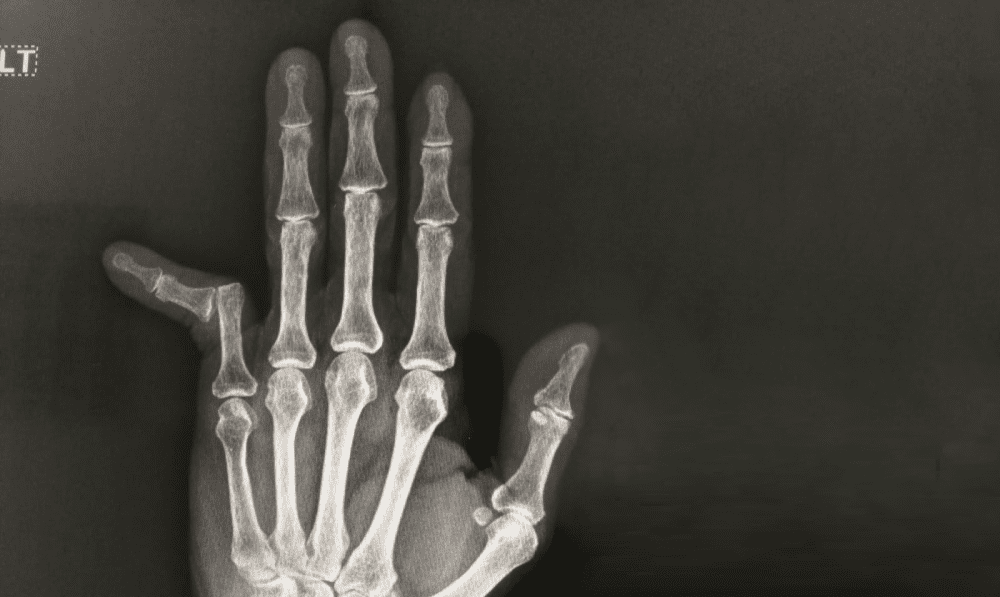

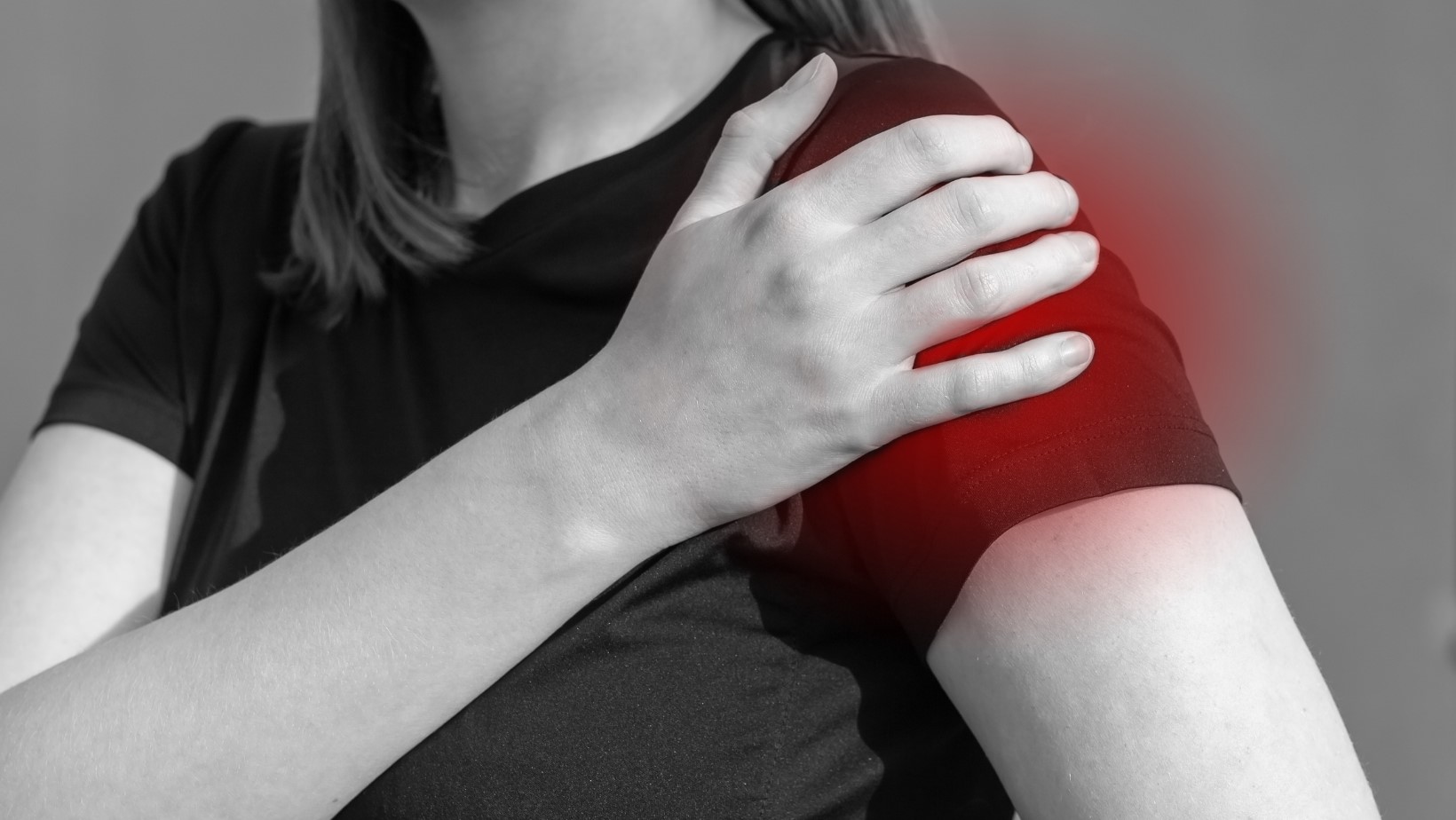

Dislocations are joint injuries that force the ends of your bones out of position. The cause is often a fall or a blow, sometimes from playing a contact sport. You can dislocate your ankles, knees, shoulders, hips, elbows and jaw. You can also dislocate your finger and toe joints. Dislocated joints often are swollen, very painful and visibly out of place. You may not be able to move it.
The injuries is supposed to be taken to the experts as soon as it happen to avoid the furthur consequences.





A fracture is a break in a bone. Fractures are usually caused by injuries. Since they can sometimes be serious, it's important to get medical care right away if you think you have a fracture.


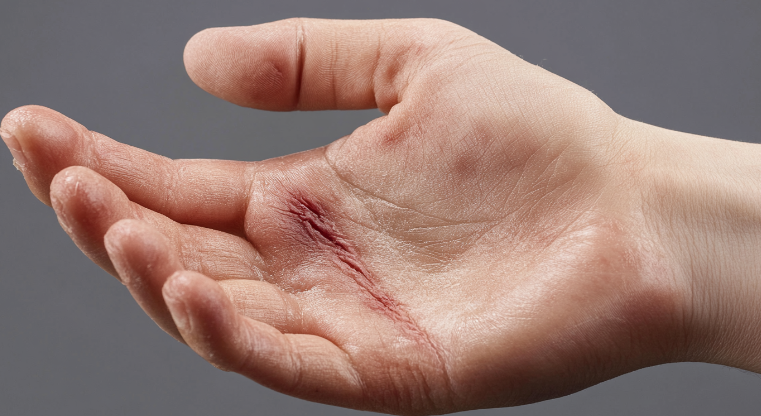
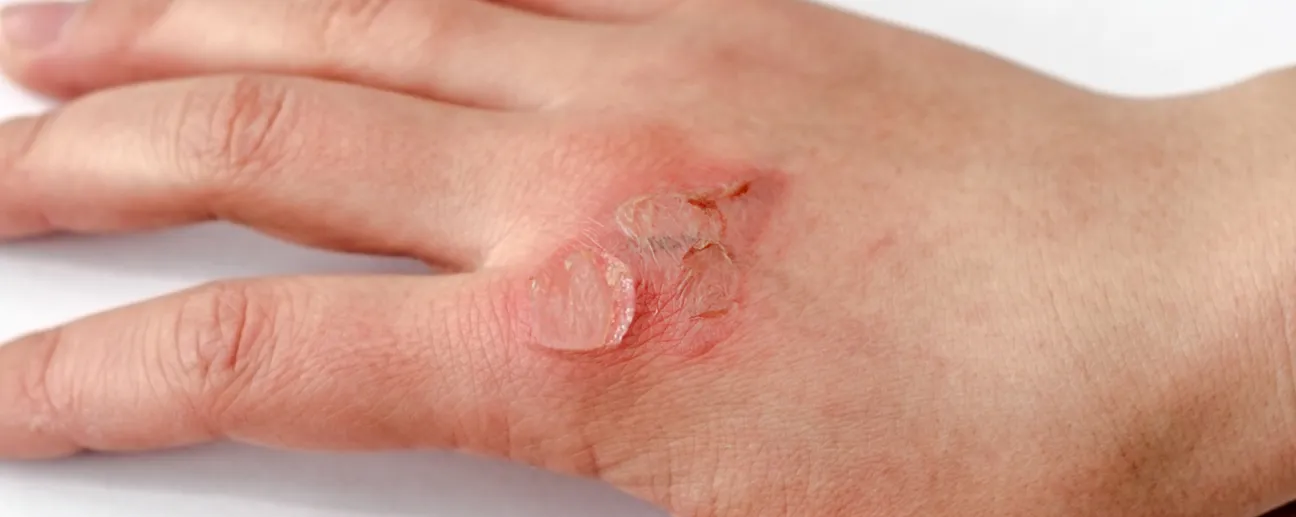

A skin tear is a type of injury where the skin is torn from the body. Unlike supple skin that stretches to keep it from breaking, weak skin can rip easily. For some people, just bumping into a bookshelf or taking off a bandage too fast can tear their skin.
Some skin tears can be severe and may need a provider’s care. If you are uncomfortable treating a skin tear yourself at home or see signs of infection, call your provider. If your provider is not available, try an urgent care clinic or the ER.
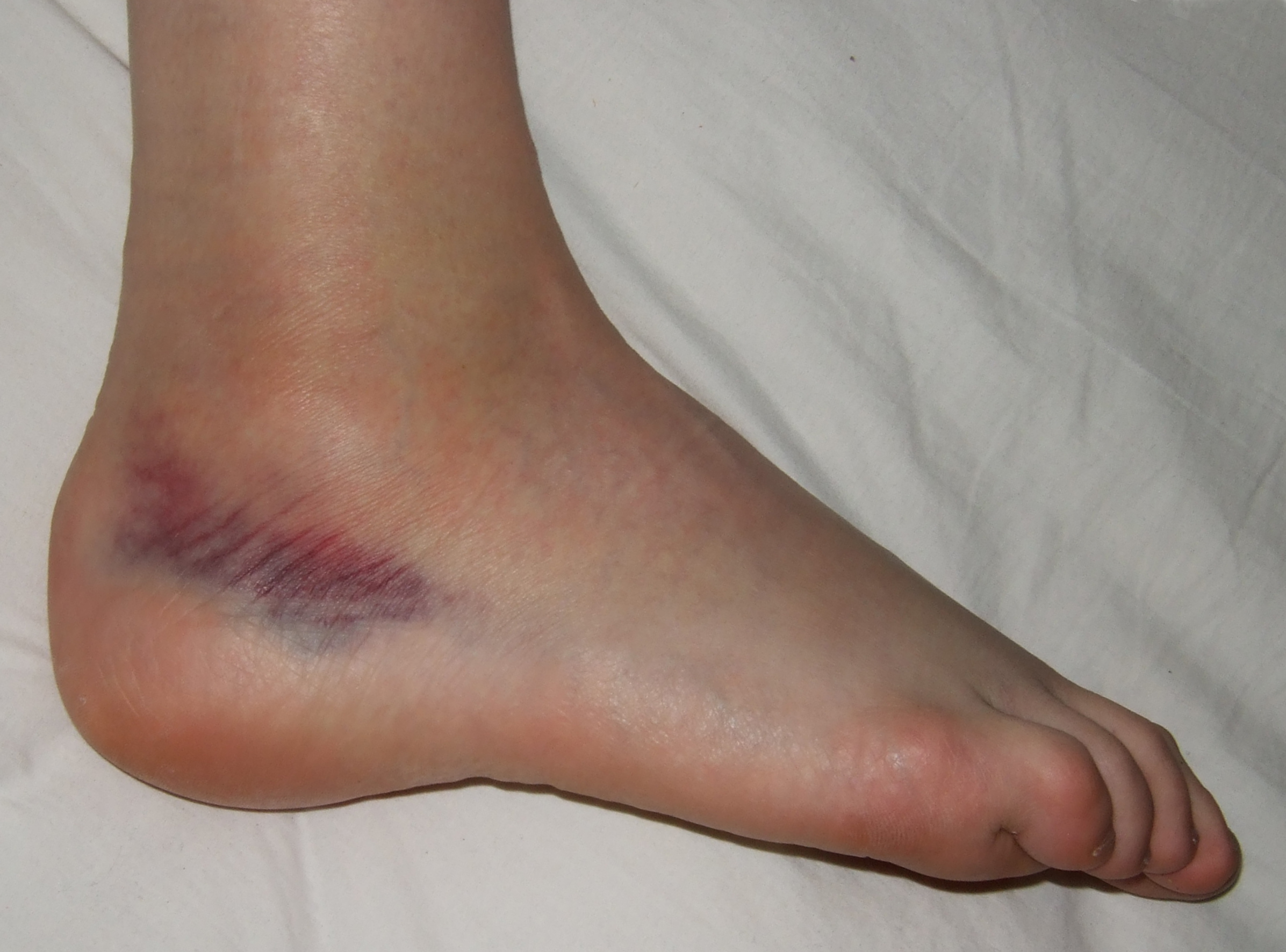
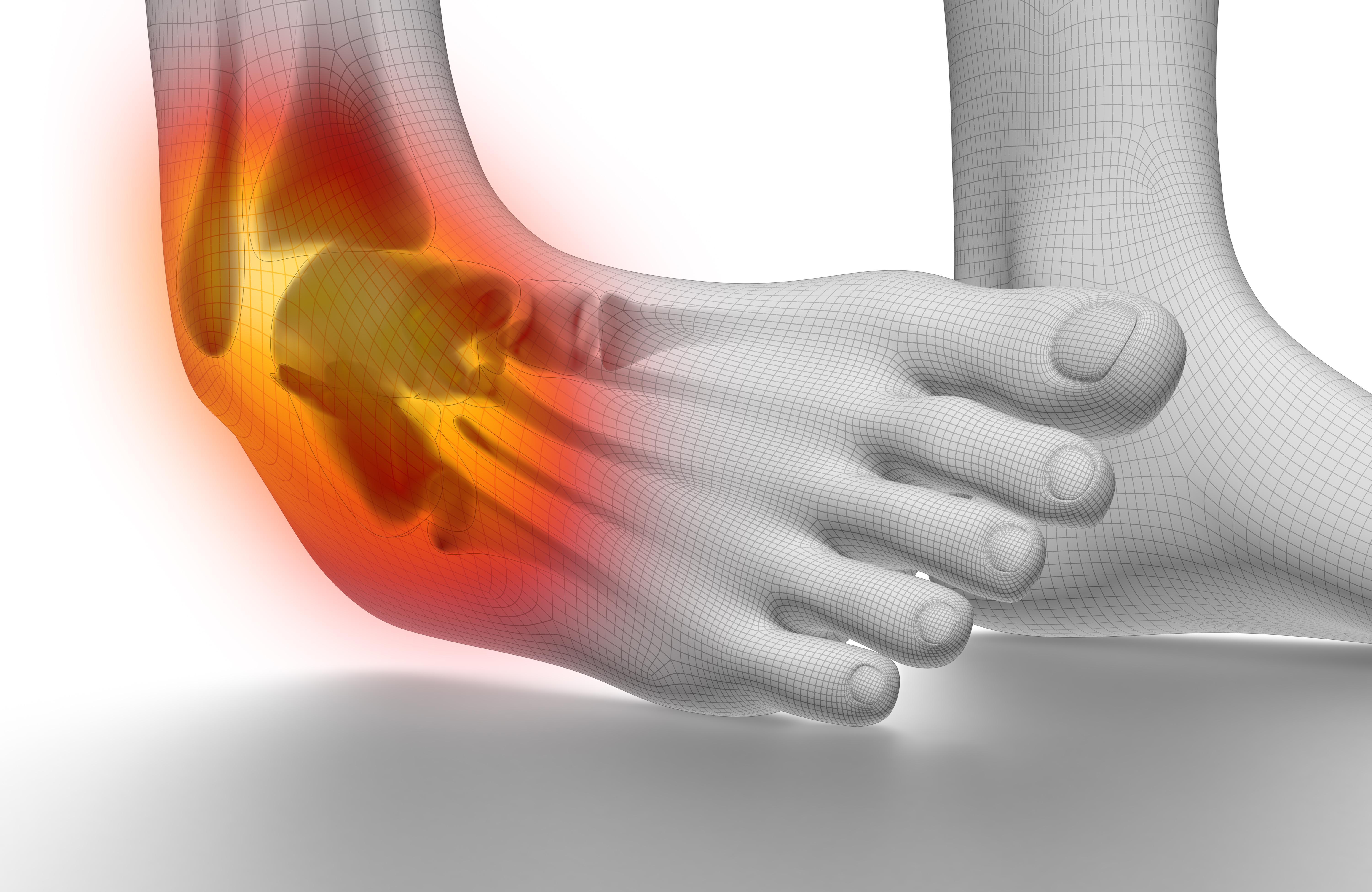
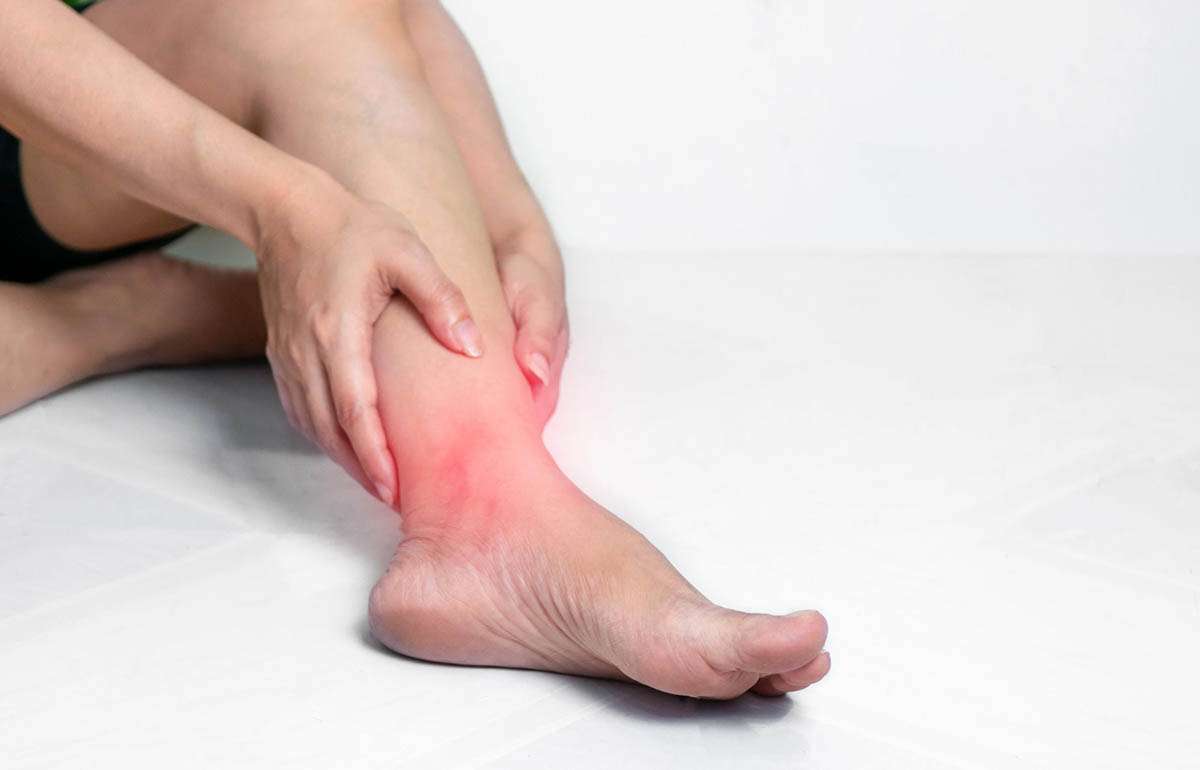
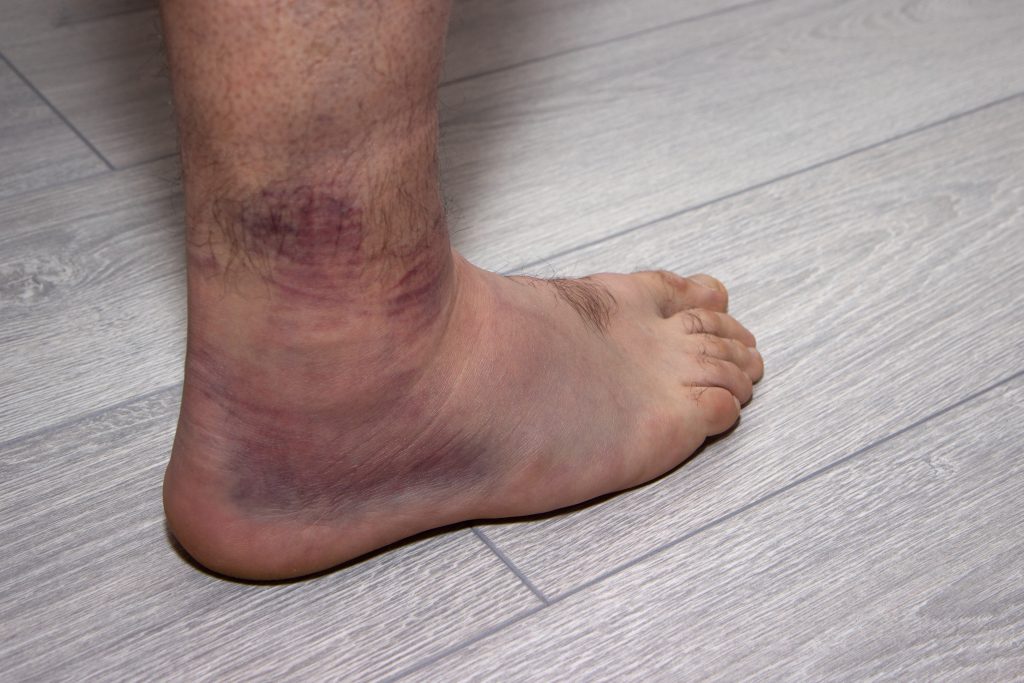

A sprain is a stretched or torn ligament. Ligaments are tissues that connect bones at a joint. Falling, twisting, or getting hit can all cause a sprain. Ankle and wrist sprains are common. Symptoms include pain, swelling, bruising, and being unable to move your joint. You might feel a pop or tear when the injury happens.
You sould see the experts as soon as you sprained your ligment to avoid furthur consequences.
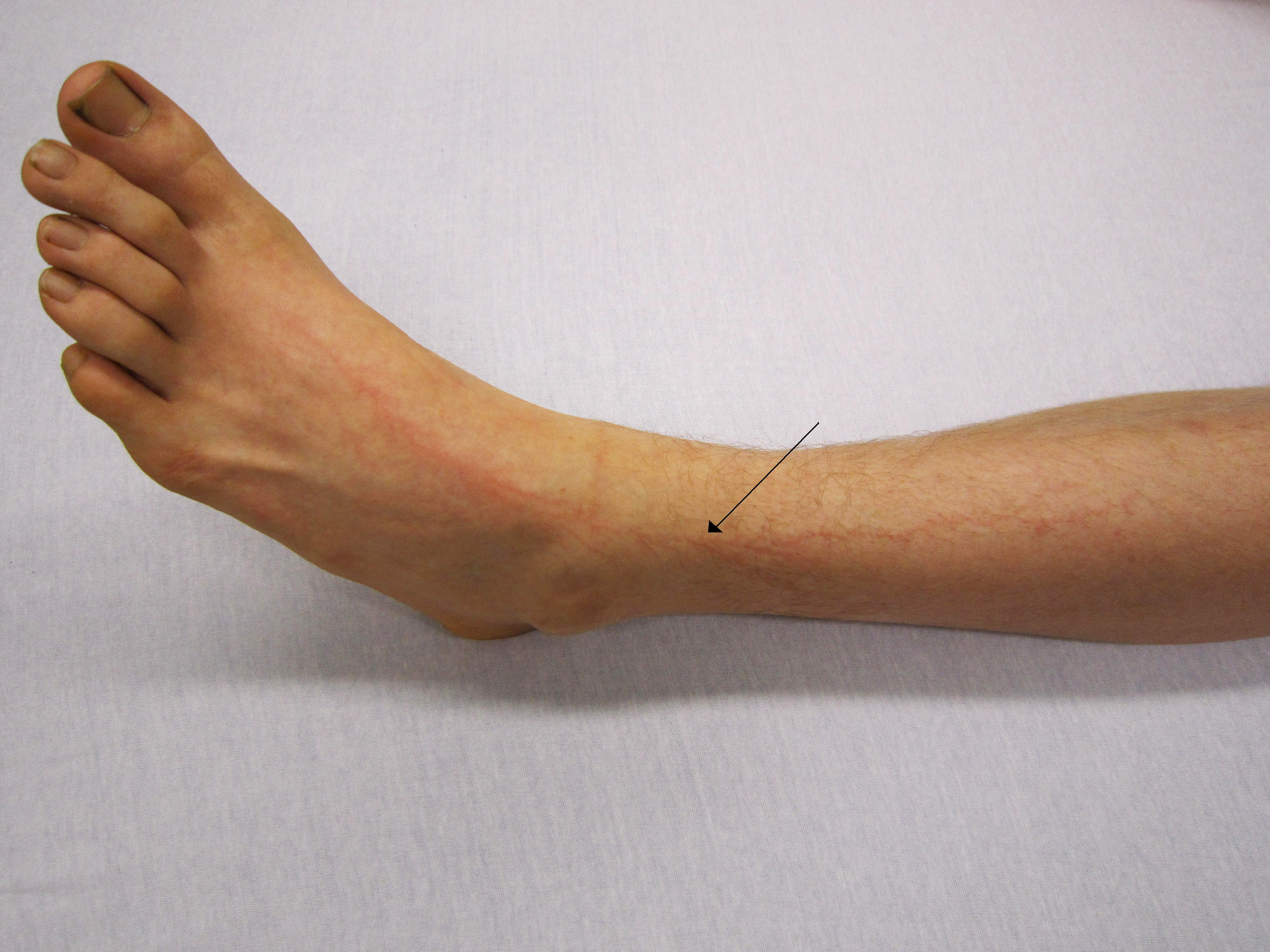
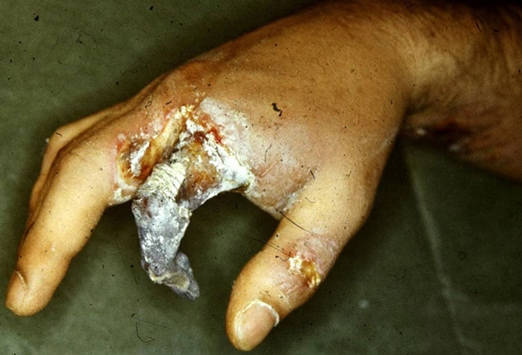

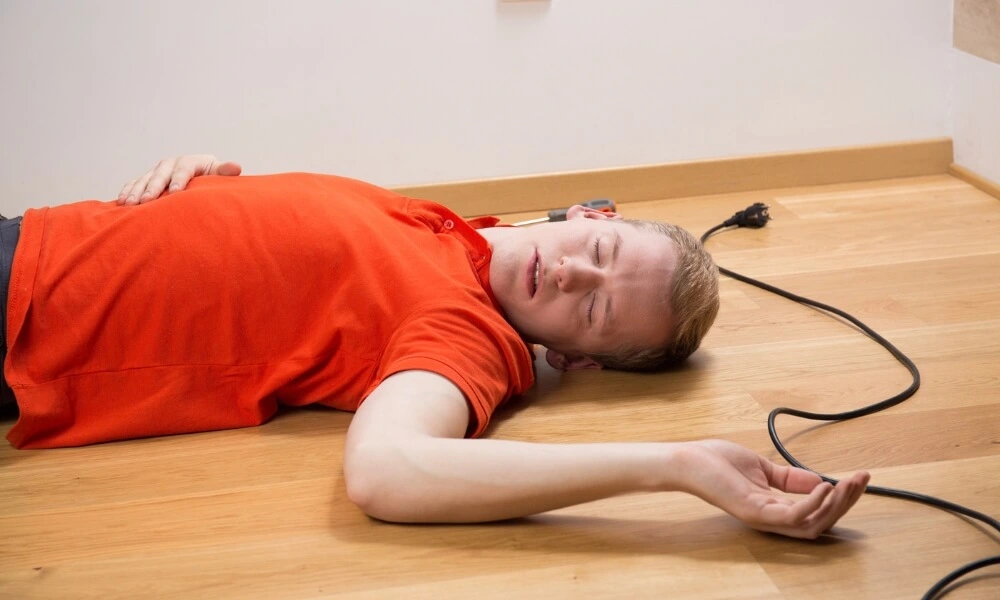

When you come in direct contact with electricity, it can pass through your body and cause injuries. These electrical injuries can be external or internal. You may have one or both types. External injuries are skin burns. Internal injuries include damage to your organs, bones, muscles, and nerves. You could also have abnormal heart rhythms and sudden cardiac arrest (SCA).
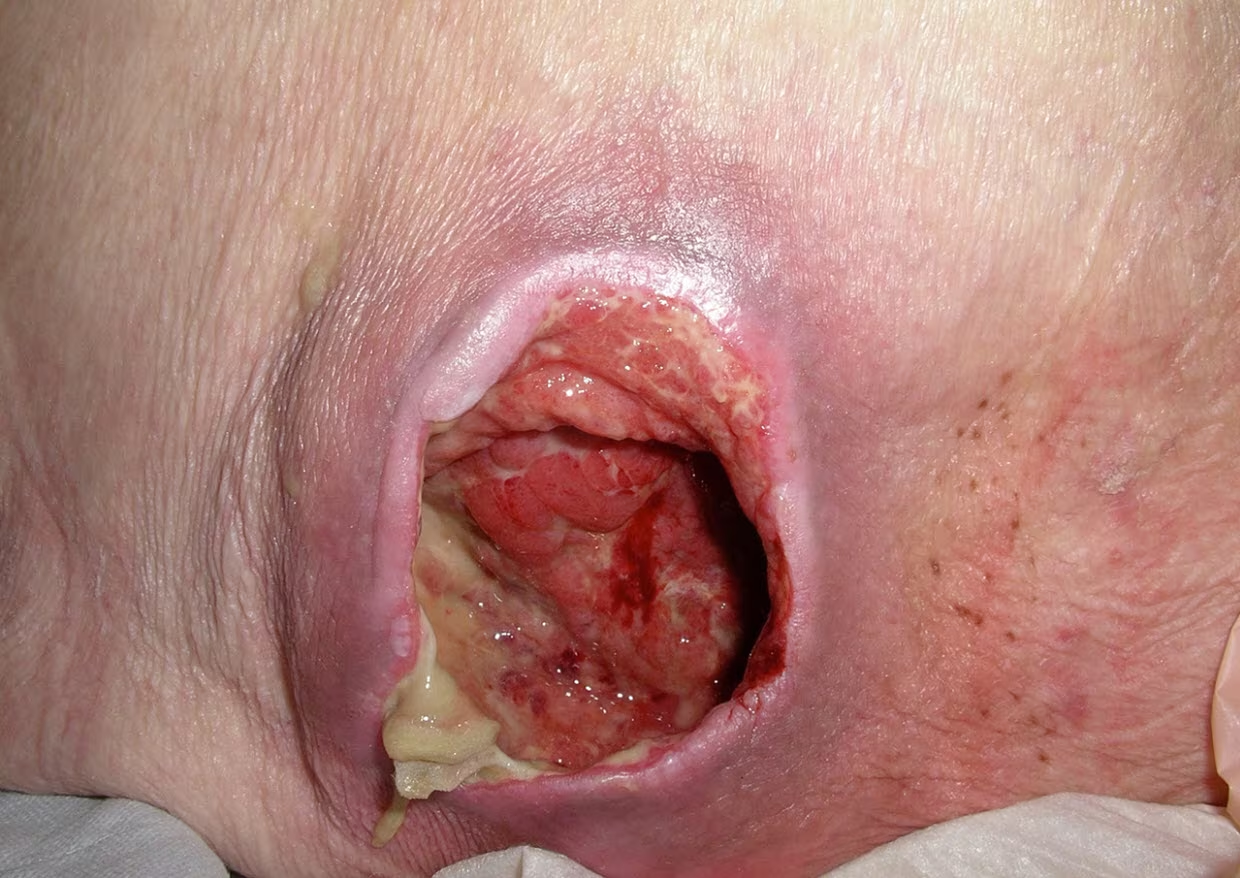
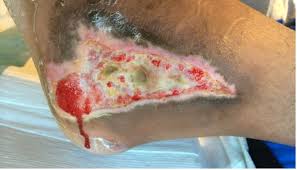
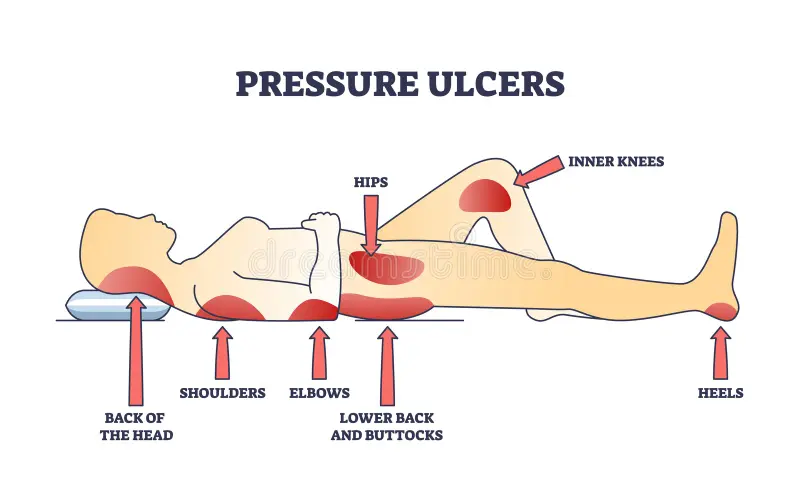
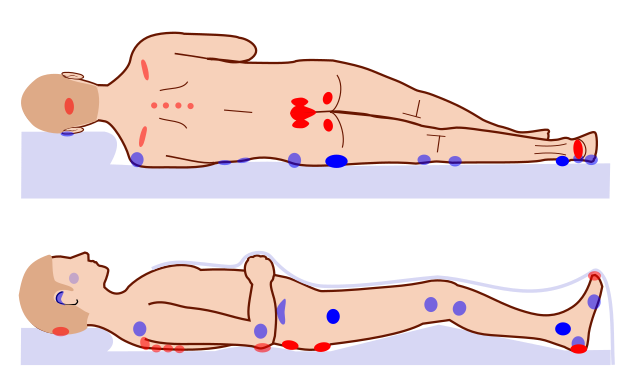

Pressure injuries can happen when you are bedridden or otherwise unable to move, unconscious, or unable to sense pain. Pressure injuries are sores (ulcers) that happen on areas of the skin that are under pressure. The bony areas of the body are commonly affected. The pressure can come from lying in bed, sitting in a chair or wheelchair, or wearing a cast for a long time. Pressure injuries are also called pressure ulcers, bedsores, pressure sores, or decubitus ulcers.
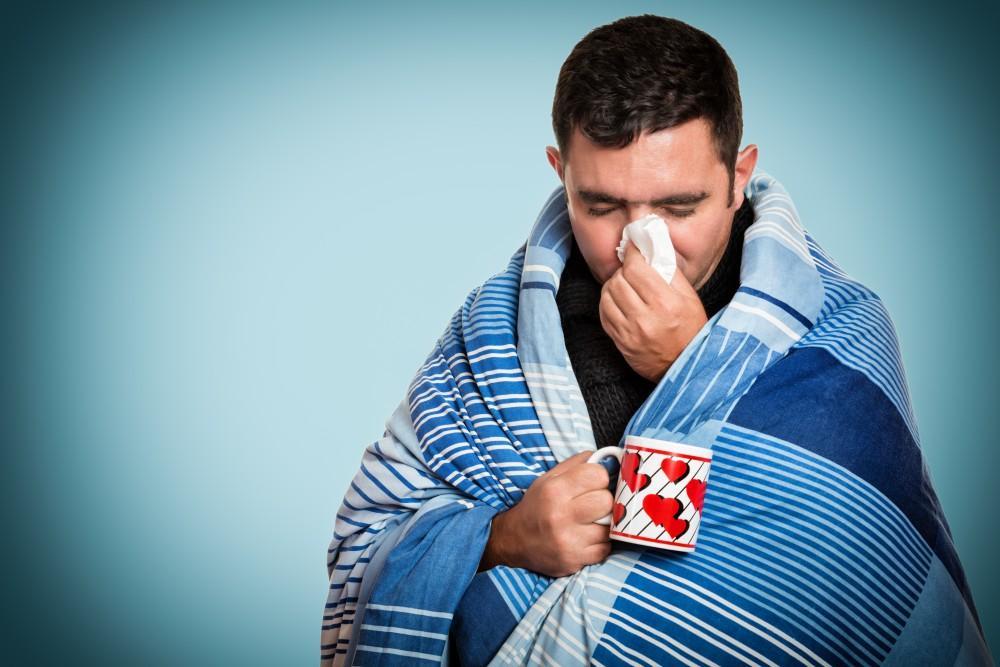

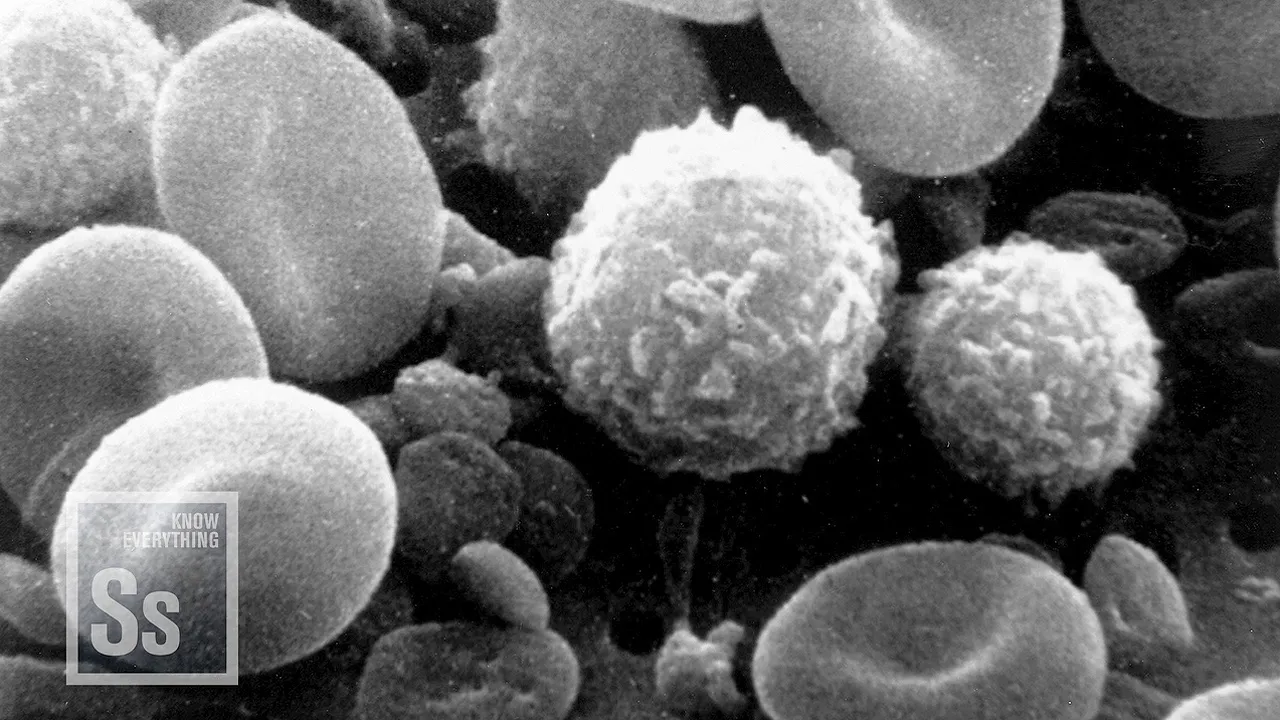


Colds are very common infections of thr nose, throats or ears. They cantageous and spread close contact with someone who is sick
These symptoms may last for a few weeks
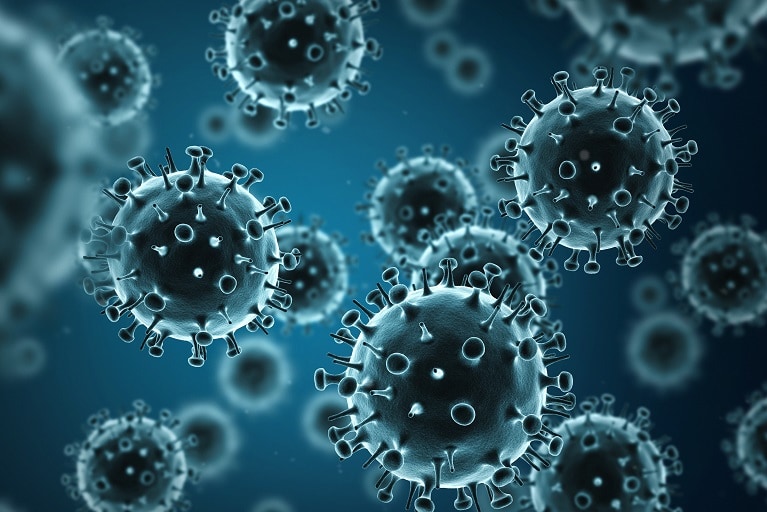

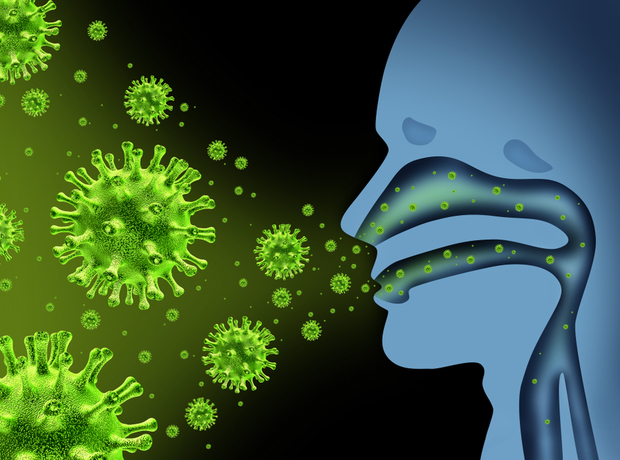
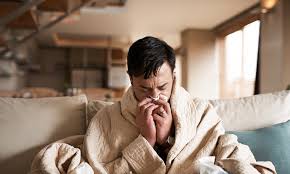

Influenza, or Flu. is a common respiratory tract ( mouth to lungs) infection. It is contagious and spreads from close contact with people who are sick.
Most people start to feel better after five days, though you may cough or feel tired for a week after other symptoms have cleared.
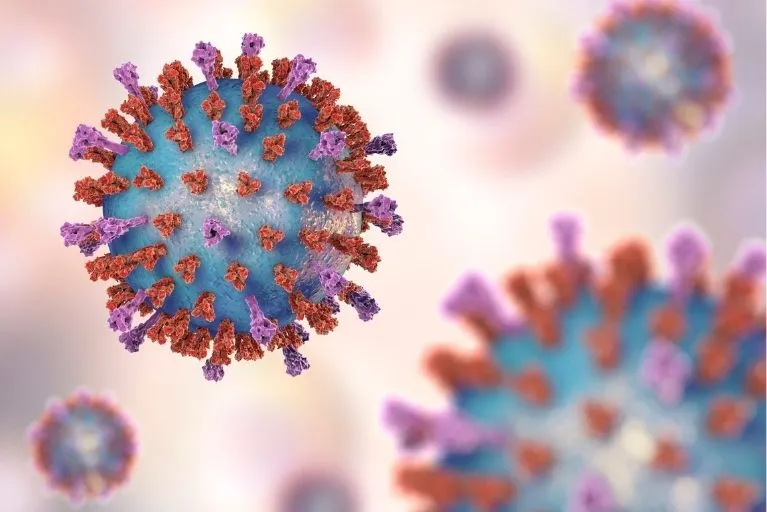
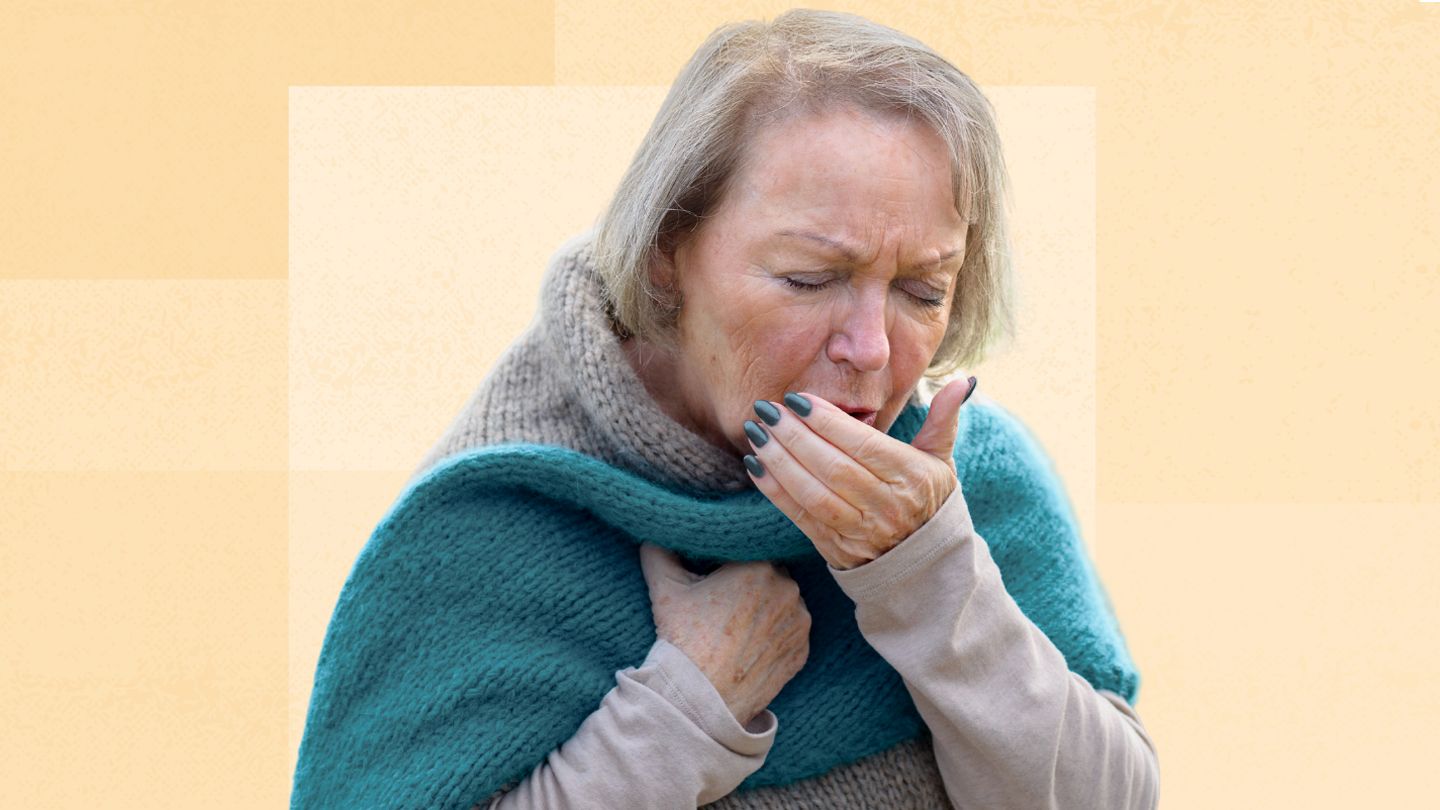
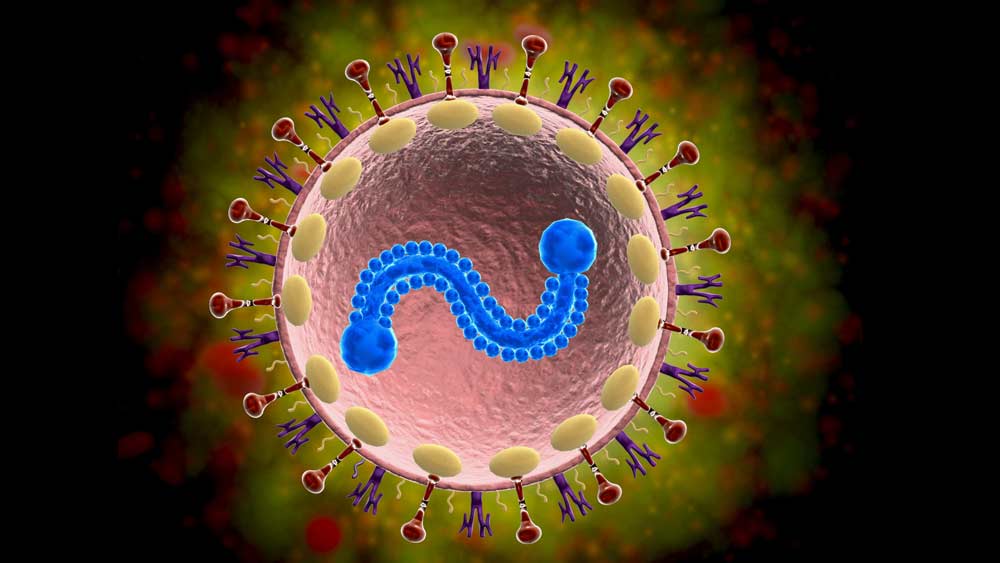
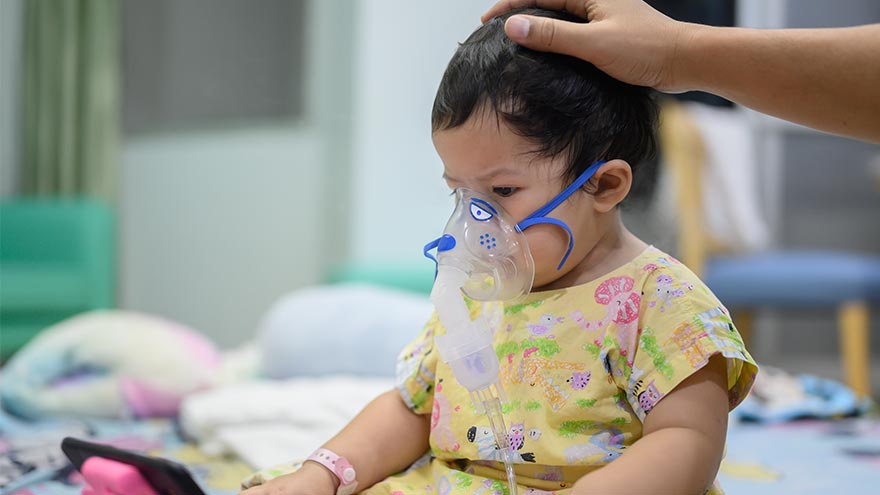

RSV (respiratory syncytial virus) is a common seasonal viral infection of the respiratory tract, Dor the most people it feels similar to a bad cold, but it can be a serious risk for children 6 months or younger, older adults, and those of preexisting conditions
Symptoms can last as long as two weeks, and if they are not severe, can be treated with over-the-counter medicines

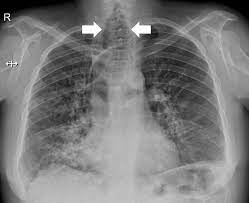
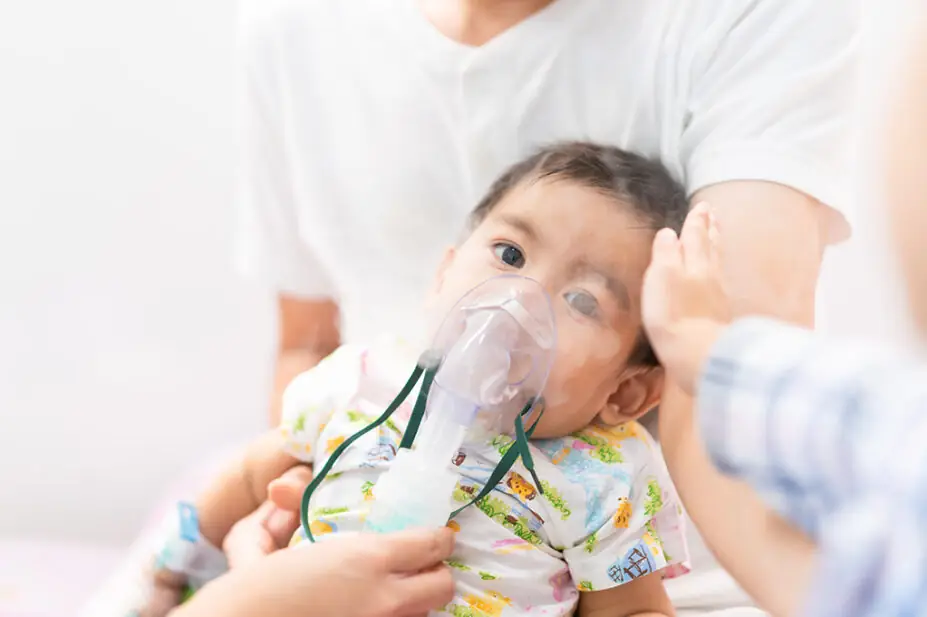
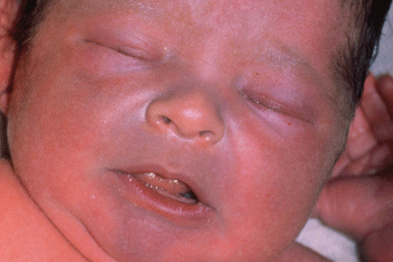

Croup is a common respiratory tract infection in children 3 years ild and younger. It causes inflammation that leads to a distinct barking cough and makes breathing more difficult. It is contagious and spreads from contact with sick people.

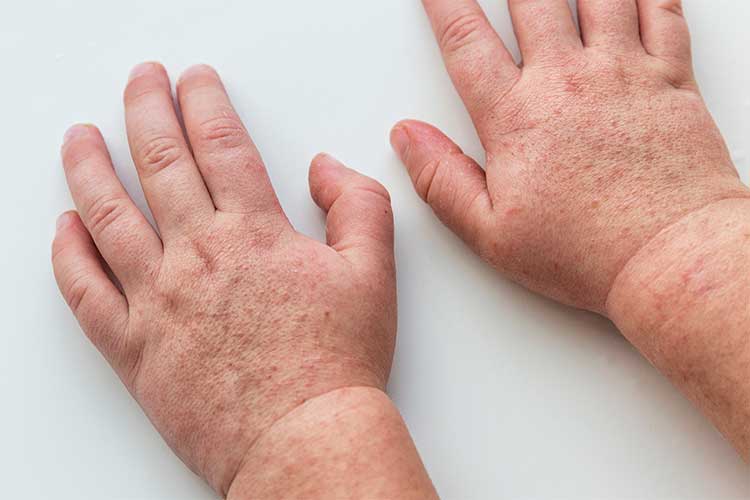
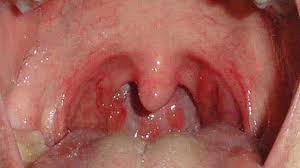
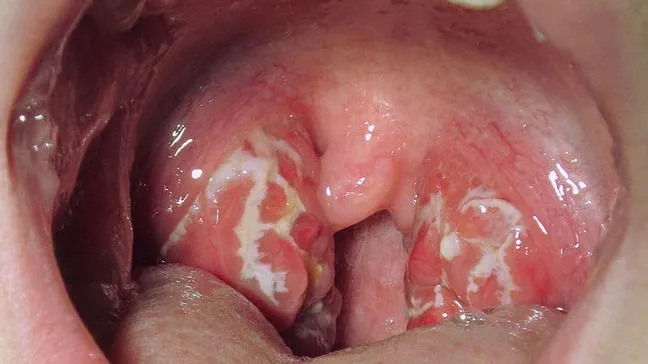

Strep throat is a bacterial infection that can make your throat feel sore and scratchy. Strep throat accounts for only a small portion of sore throats.
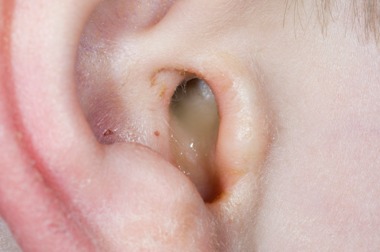
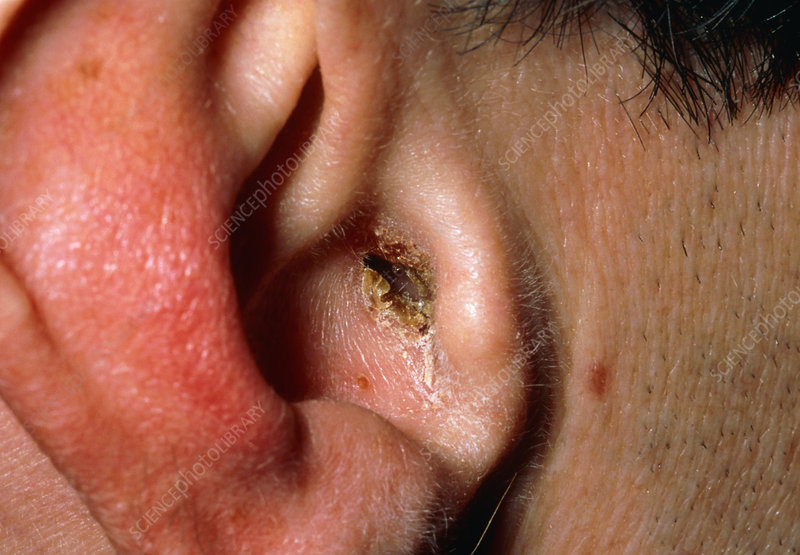

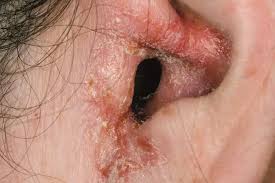

An infection is an infection of the middle ear, the area behind the eardrum. The infection is also called otitis media. The area can infected when germs from nose and throat trapped in the ears. It happened mostly in children.
The infection usualyy go away on its own
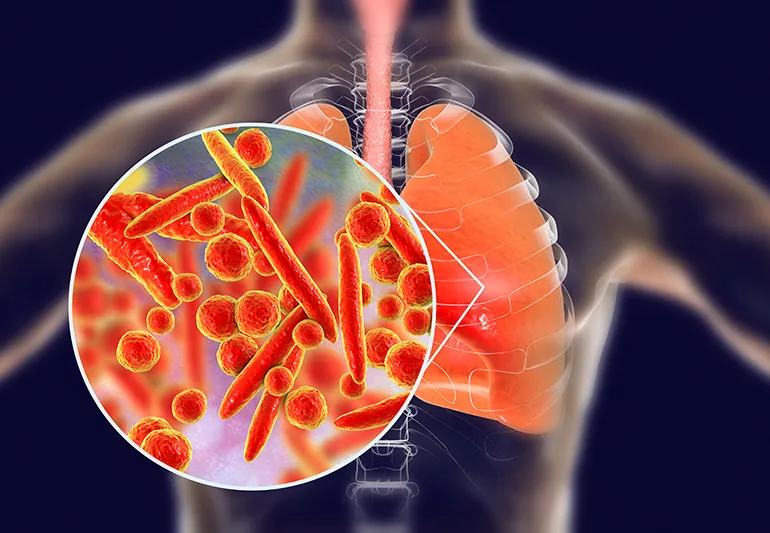
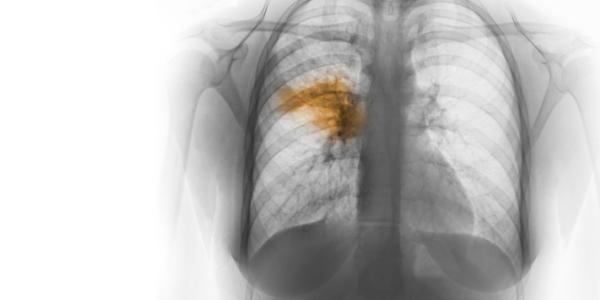
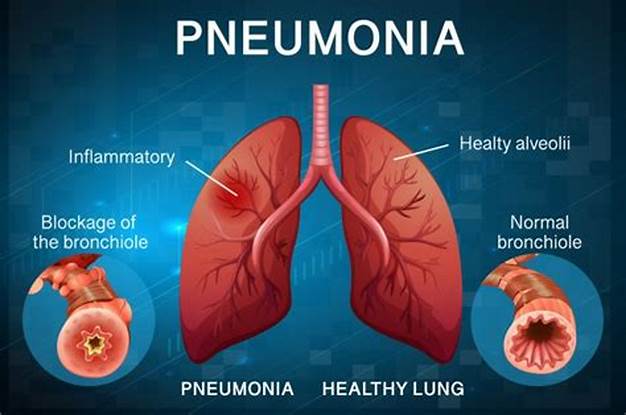


Pneumonia is a lung infection that can make you very sick. You may cough. have a fever and have trouble breathing. It's often clear up ina few weeks with treatment. It can be treated at home. But older adults and children may need to go to hospital.
If you have weak immune system or bad symptoms, you may need to go to hospital

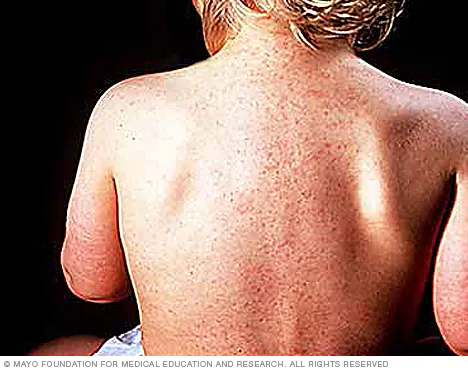
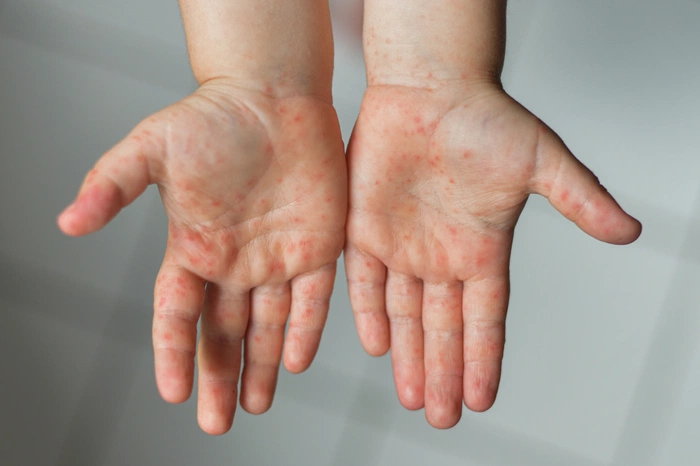


Roseola is a common illness caused by a virus. It mainly affects children between 6 months and 2 years of age. The disease is usually mild. Many children get Roseola and recover without feeling sick.
However, not all children have these symptoms.
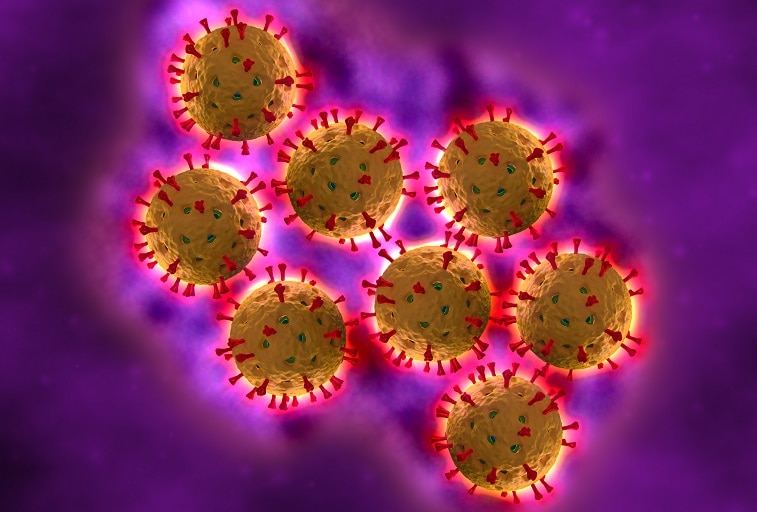
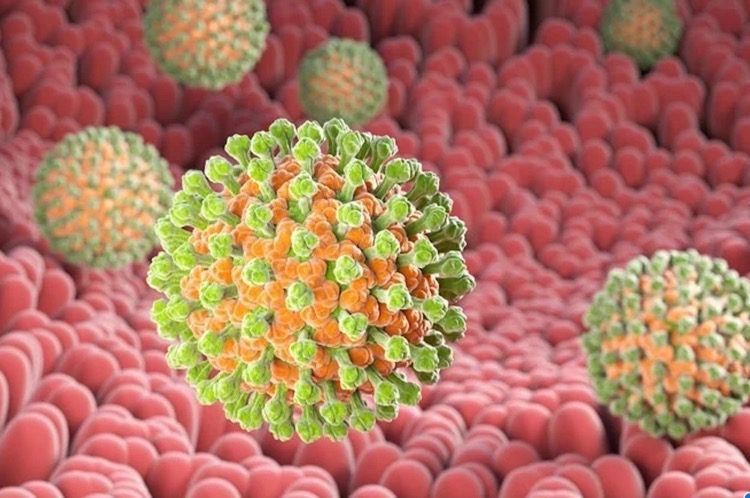
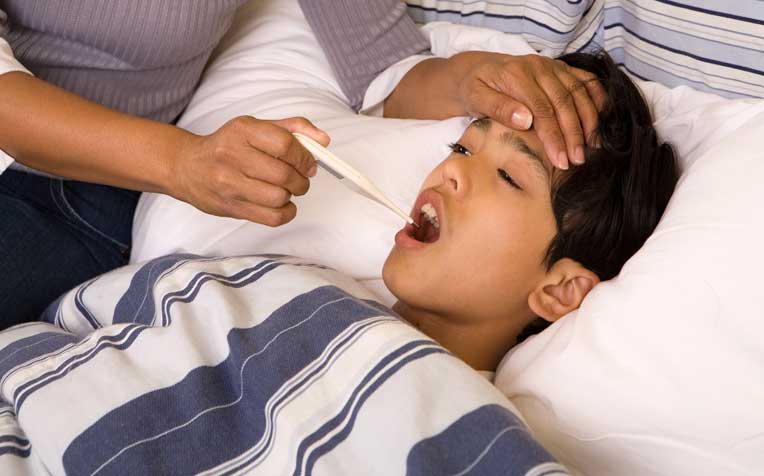
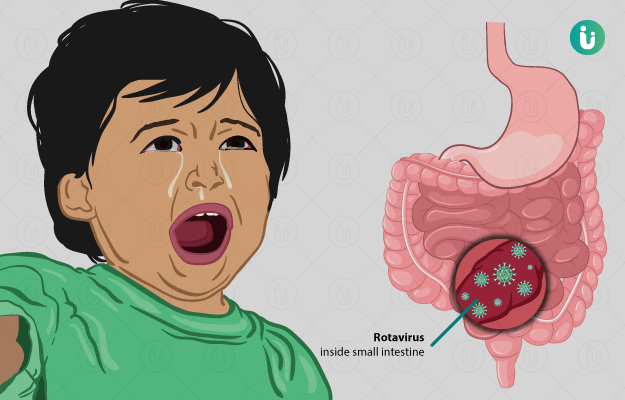

Rotavirus is a virus that infects the intestinal tract. You can get rotavirus more than once, but the first infection is usually the worst. This infection causes stomach upset and diarrhea.
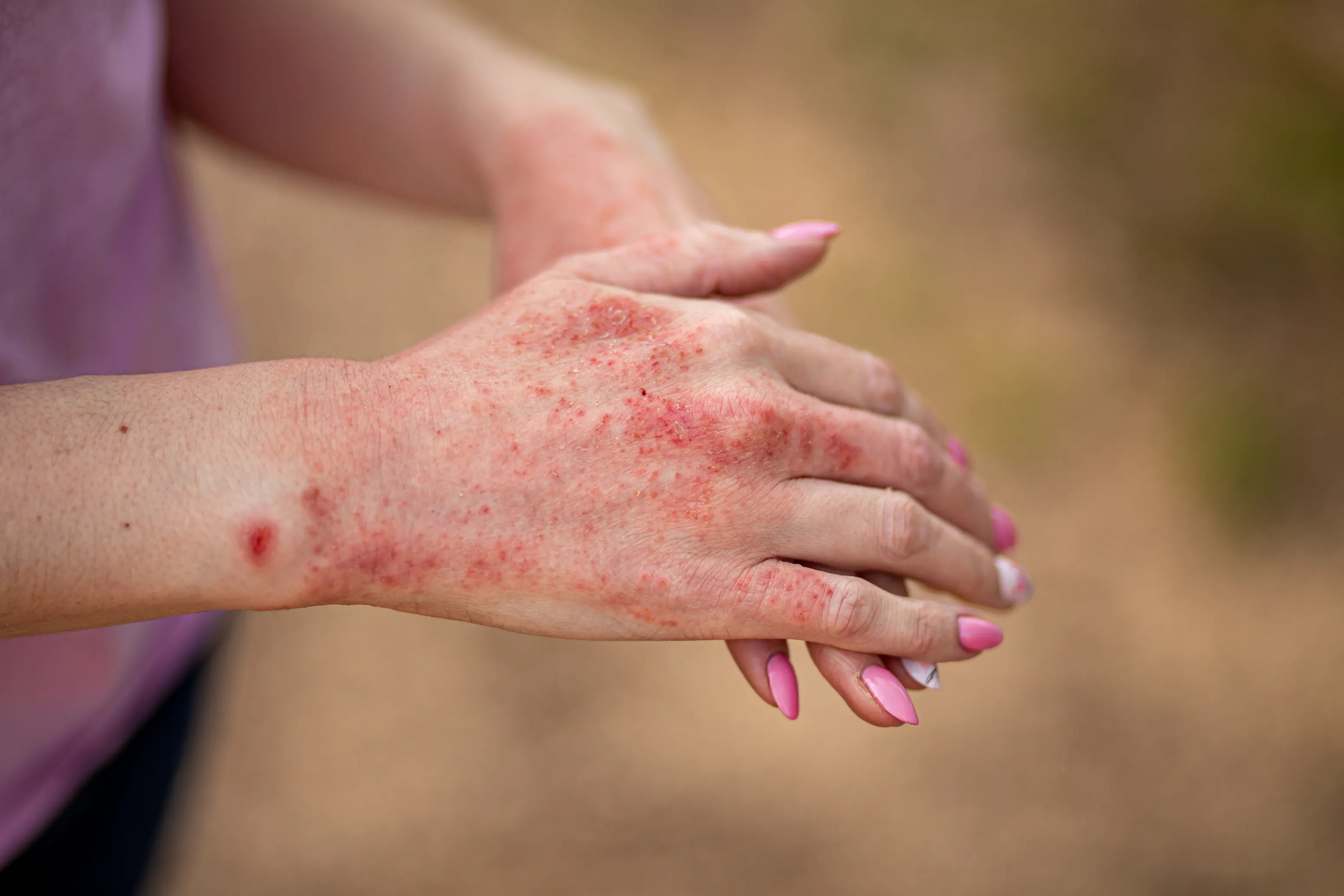
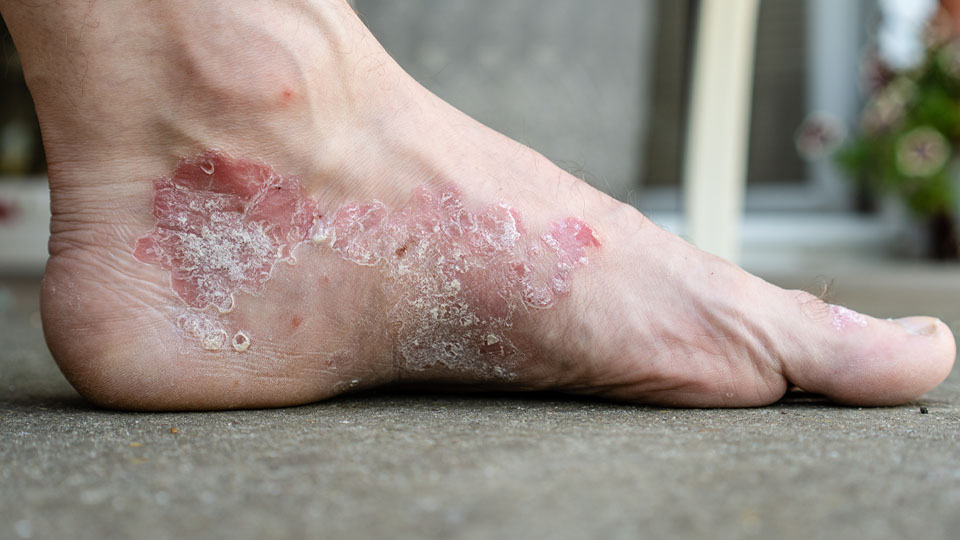
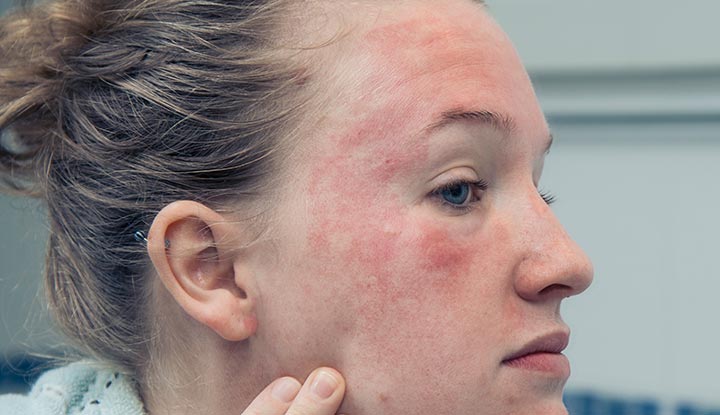
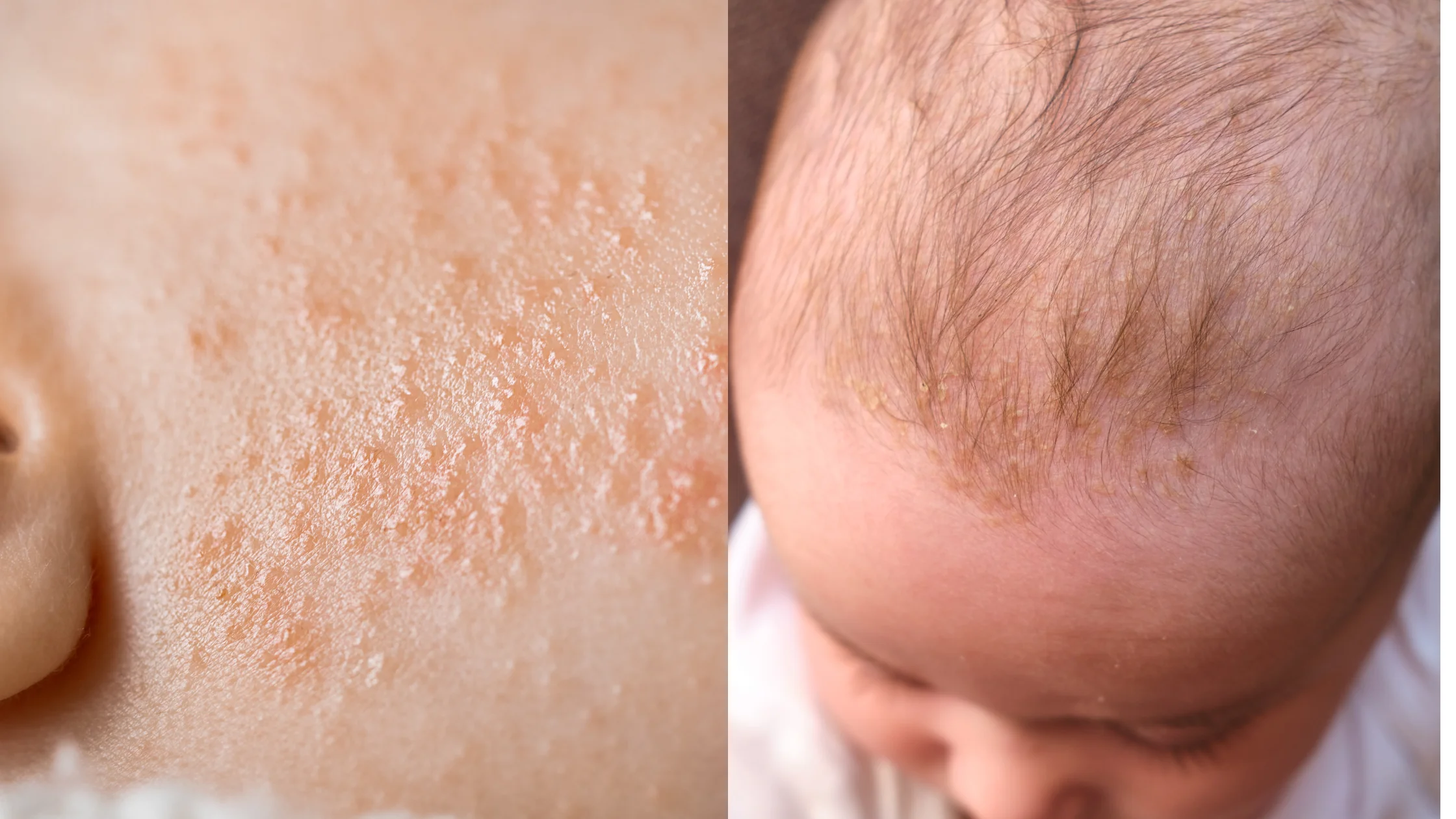

Eczema, also called atopic dermatitis, is a skin condition that cause intense itching. It cause dry skin and a raised rash. Sometimes the rash develops blisters and crusts.
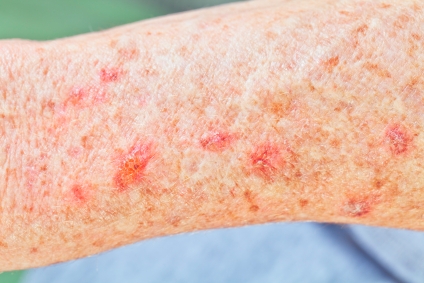
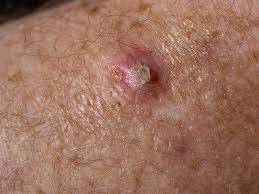
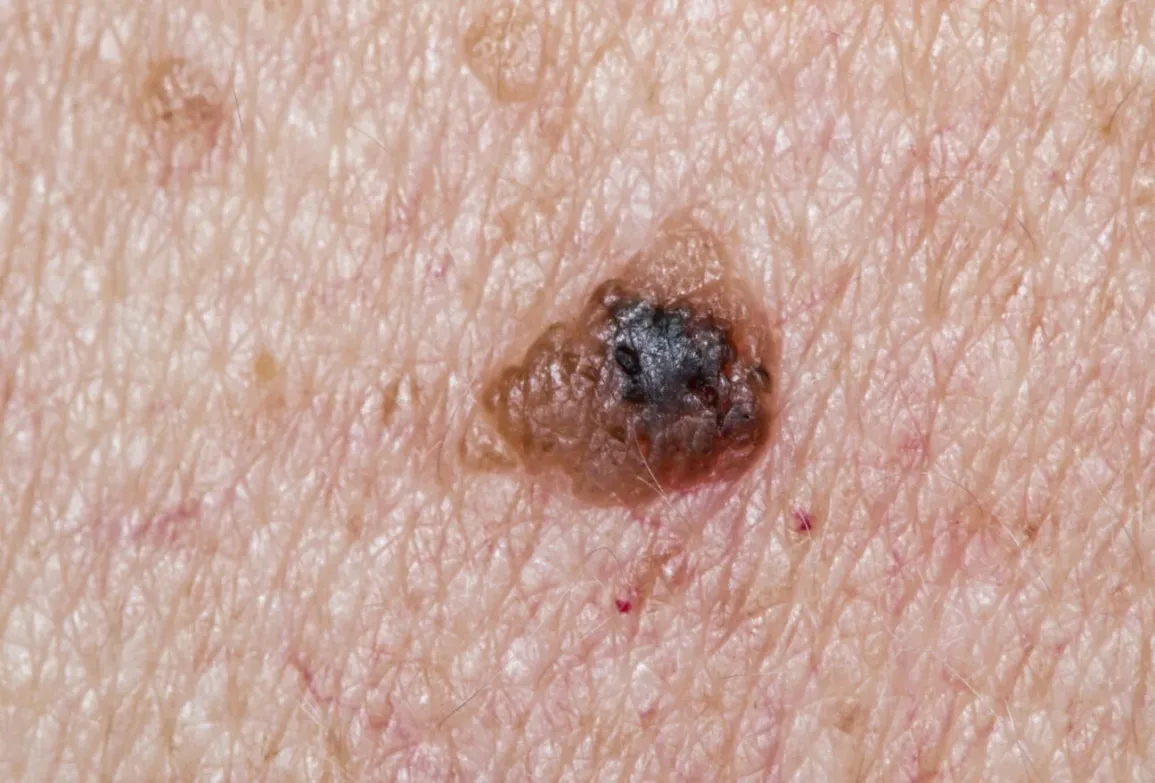


Changes may include a spot or lump that grows quickly and is thick, red, scaly or crusted, or an area
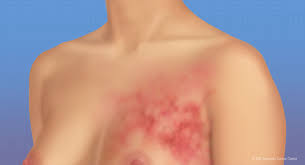
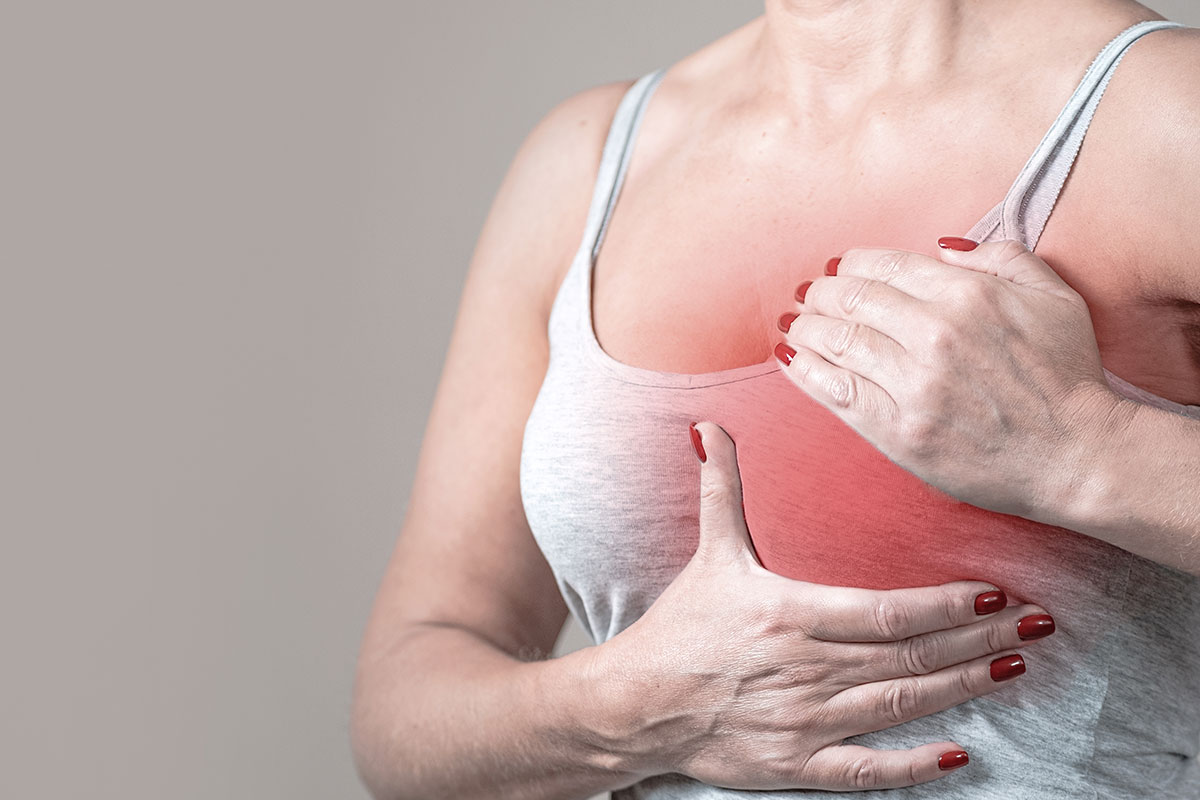
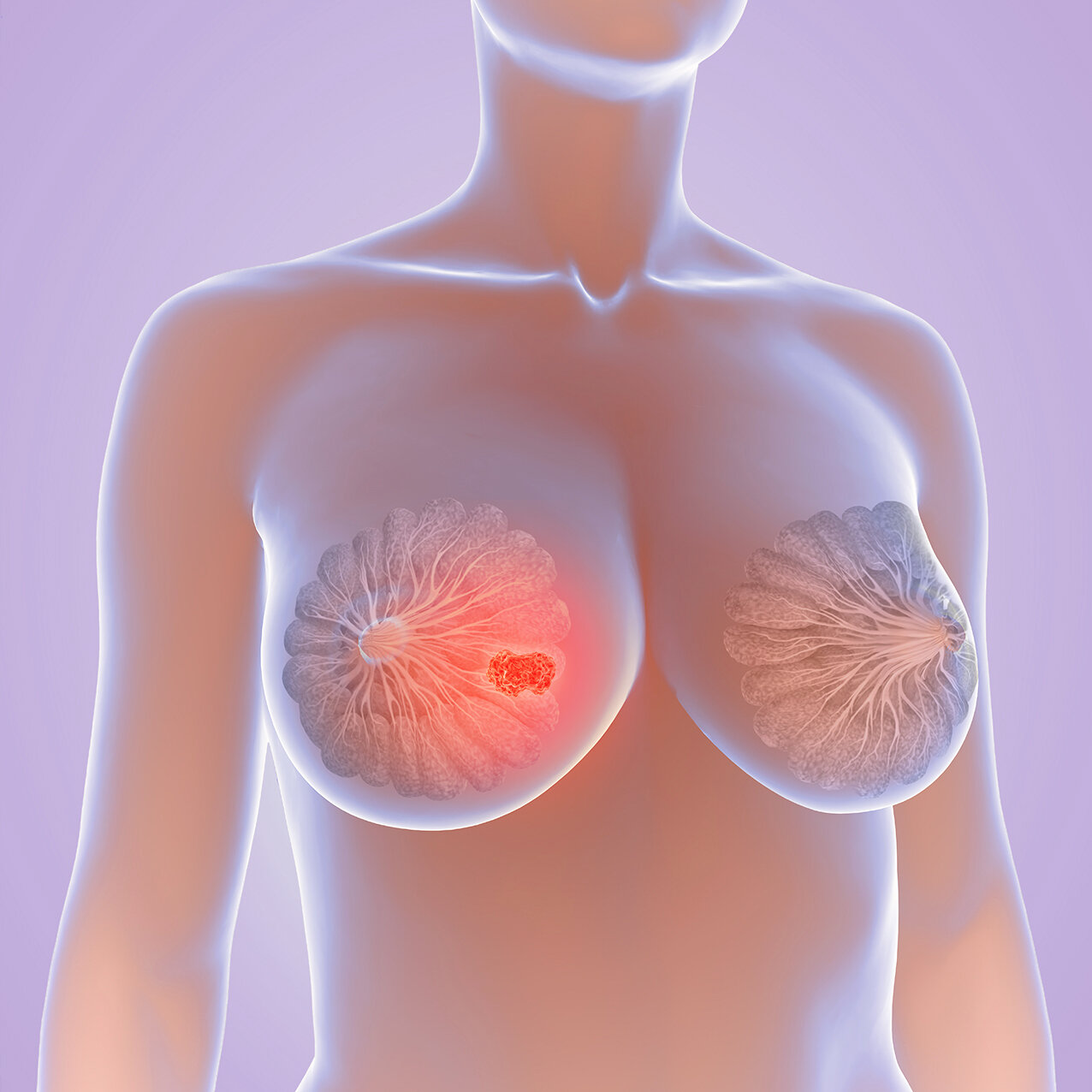
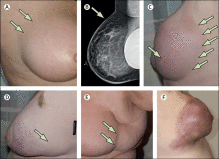

These signs don’t always mean you have breast cancer. That’s why it’s important to see your doctor or a breast specialist if you notice any changes in your breasts.
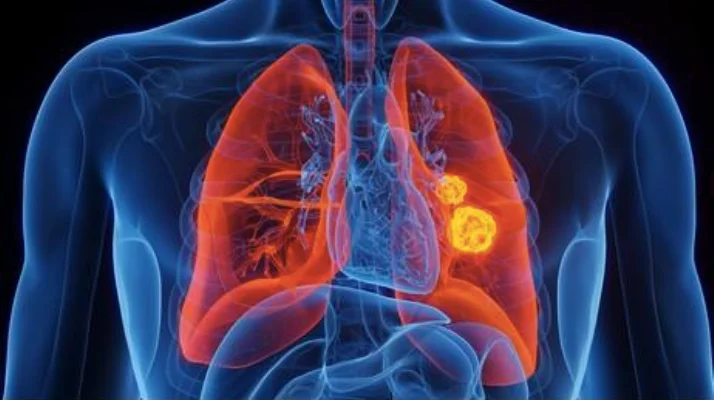
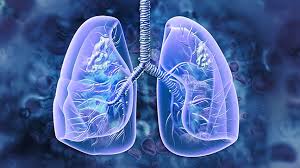
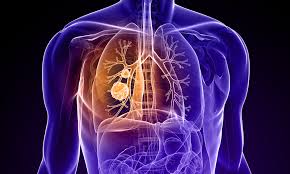
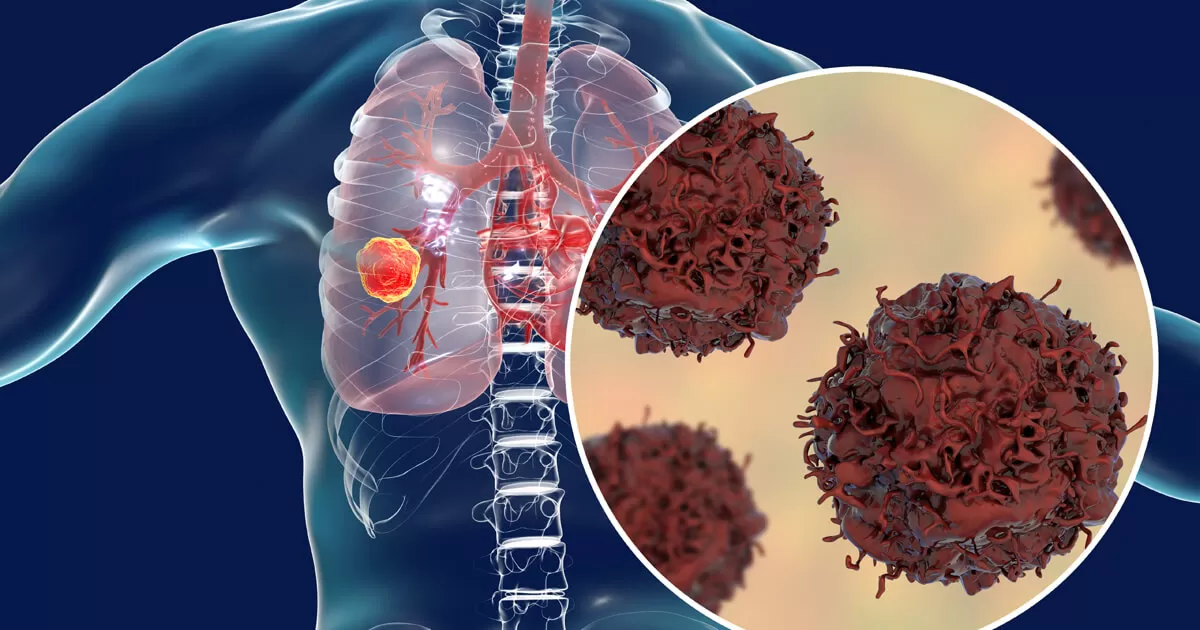

Lung cancer doesn’t usually cause symptoms until it’s advanced (also referred to as late-stage cancer). That’s because your lungs have few nerve endings, so tumors can grow there without causing pain. If you have any of the signs above, see your doctor to get tested for lung cancer and other possible causes, such as asthma.
